
Choosing the right cosmetic treatment can be a game-changer to enhance your appearance. Among the popular options are Xeomin and Botox, both renowned for their ability to smooth out wrinkles and fine lines by freezing facial muscles. These treatments are widely used and trusted for their effectiveness. On the other hand, Radiesse offers a different approach, providing immediate volume and stimulating collagen production to achieve a youthful look.
In this article, we compare Xeomin to Botox and Radiesse, so you can understand the differences between each treatment, and their unique benefits to make an informed decision. Whether you're considering neurotoxins like Xeomin and Botox or a filler like Radiesse, knowing what each can offer helps you select the best option for your needs.
What are Neurotoxins and Dermal Fillers?
Neurotoxins and dermal fillers are two main categories of injectable treatments used in cosmetic procedures to enhance facial aesthetics—helping reduce wrinkles, add volume, and the appearance of vitality. While both are popular for their anti-aging effects, they function quite differently and are used for distinct purposes.
Neurotoxins
Neurotoxins contain botulinum toxin type A. The most common and well known form of neurotoxins is Botox. Neurotoxins work by temporarily blocking nerve signals to muscles, effectively relaxing them. This relaxation reduces the appearance of dynamic wrinkles, which are formed by repetitive muscle movements over time, such as frown lines, crow's feet, and forehead lines.
There are several key features of Neurotoxins to be aware of:
- Mechanism: Neurotoxins inhibit muscle contractions by blocking acetylcholine release at the neuromuscular junction.
- Applications: Neurotoxins are primarily used to treat dynamic wrinkles.
- Duration: The effects typically last between three to six months.
- Onset: The results can be seen within a few days to a week after the injection.
- Considerations: Neurotoxins do not add volume to the skin but focus on reducing muscle activity to smooth wrinkles.
Dermal Fillers
Dermal fillers, like Radiesse, are substances injected beneath the skin to restore lost volume, smooth lines, and enhance facial contours. Radiesse specifically contains calcium hydroxylapatite, a substance that provides immediate volume and stimulates natural collagen production, leading to longer-lasting results.
Key Features:
- Mechanism: Dermal fillers add volume directly under the skin and stimulate collagen production.
- Applications: Dermal fillers are ideal for static wrinkles.
- Duration: The effects can last from 12 to 18 months, depending on the specific filler used and the area treated.
- Onset: Provides immediate volumizing effects with continued improvement over several months due to collagen stimulation.
- Considerations: Dermal fillers physically add volume and are used to contour and shape the face as well as to smooth wrinkles.
What’s the difference between Neurotoxins and Dermal Fillers?
While neurotoxins and dermal fillers can both be used to achieve a more youthful appearance, they are not interchangeable. Neurotoxins are best suited for treating dynamic wrinkles caused by muscle movements, while dermal fillers are used for adding volume and treating static wrinkles. Consulting with a qualified professional can help determine the most suitable treatment based on individual needs and desired outcomes.
What is the difference between Neurotoxins Botox and Xeomin?
Botox and Xeomin are two popular neurotoxins used in cosmetic treatments to temporarily relax facial muscles and reduce wrinkles and fine lines.
Botox
Botox is a well-known neurotoxin that has been used for cosmetic purposes for many years. It contains onabotulinumtoxinA, a purified form of botulinum toxin type A. Botox relaxes the targeted muscles by momentarily obstructing the nerve signals that trigger muscular contractions. This relaxation helps to smooth out wrinkles and fine lines, particularly in areas such as the forehead, around the eyes (crow's feet), and between the eyebrows (glabellar lines).
Botox's cosmetic benefits typically last three to six months, after which ongoing treatments are needed to maintain the results. Due to its long-standing presence in the market, Botox is a trusted and widely used option for those looking to reduce the visible signs of aging.
Xeomin
Xeomin is another neurotoxin option containing botulinum type A, specifically incobotulinumtoxinA. Unlike Botox, Xeomin is known for its "naked" formulation, meaning it contains only the active neurotoxin without any accessory proteins. This unique characteristic aims to reduce the risk of developing antibodies that could decrease the effectiveness of the treatment over time.
Xeomin treats the same types of facial wrinkles and lines as Botox, including frown lines, crow's feet, and forehead wrinkles. Its effects are similar in duration, typically lasting about three to six months. This makes Xeomin a viable alternative for those seeking a neurotoxin treatment without additional proteins.
Comparing Xeomin and Botox
While both Xeomin and Botox are used to reduce wrinkles and fine lines, they are not interchangeable due to differences in their formulations and specific properties. Knowing these distinctions is necessary for choosing the most suitable treatment for your cosmetic needs.
Xeomin is a more pure formulation of neurotoxin.
- Xeomin: Known as a "naked" neurotoxin, Xeomin contains only the active ingredient, incobotulinumtoxinA, without any accessory proteins or additives. This pure formulation reduces the risk of developing antibodies that might diminish the treatment's effectiveness over time. It is also the most “clean” of all neurotoxins.
- Botox: Botox contains onabotulinumtoxinA along with accessory proteins. These proteins help stabilize the molecule but can potentially lead to antibody formation in some individuals, affecting the treatment's longevity and effectiveness.
Botox must be refrigerated before use, Xeomin does not.
- Xeomin: Does not require refrigeration before use, simplifying its storage and handling. This characteristic can be convenient for both practitioners and patients, ensuring the product is more accessible and easier to manage.
- Botox: Typically requires refrigeration before use, which can add a layer of complexity to its storage and transportation. Proper handling is crucial to maintain its effectiveness.
Botox takes effect more quickly than Xeomin.
- Xeomin: Effects can be seen within one week, with results lasting between three to six months. The onset and duration are comparable to Botox, making it a reliable option for reducing facial wrinkles.
- Botox: Similarly, the effects of Botox typically become visible within a few days to a week and last from three to six months. Both neurotoxins offer similar timelines for noticeable improvements and the need for maintenance treatments.
Some people develop resistance to Botox, whereas this is less common with Xeomin.
- Xeomin: The lack of accessory proteins in Yeomen’s formulation is intended to reduce the risk of developing resistance. Some patients may prefer Xeomin if they have concerns about long-term neurotoxin resistance.
- Botox: While Botox is effective for most users, some may develop resistance due to the accessory proteins present in the formulation. This resistance can potentially decrease the treatment's effectiveness over time.
What is Radiesse?
Radiesse is a dermal filler used primarily to restore volume and smooth out wrinkles. Unlike neurotoxins, which relax muscles to reduce wrinkles, Radiesse fills deep creases and adds structure to the skin. It contains calcium hydroxylapatite microspheres suspended in a gel carrier, which provides immediate volume and stimulates the body's natural collagen production over time.
Radiesse works in two phases:
- Immediate Volume: Upon injection, Radiesse provides instant volume to the treated areas, effectively reducing the appearance of wrinkles and folds. This immediate effect helps patients see noticeable improvements right away.
- Collagen Stimulation: Over time, the calcium hydroxylapatite microspheres stimulate the body's natural collagen production. This process continues even after the initial gel carrier is absorbed, leading to longer-lasting results as the body produces new collagen to support skin structure.
Where can Radiesse be applied?
Radiesse is versatile and can be used to treat various facial areas:
- Nasolabial Folds: Deep lines running from the sides of the nose to the corners of the mouth.
- Marionette Lines: Lines that run downward from the corners of the mouth.
- Cheek Augmentation: Radiesse can add volume to sunken cheeks to create a fuller, more youthful appearance.
- Hand Rejuvenation: Radiesse restores volume to the back of the hands, reducing the appearance of veins and tendons.
Duration and Maintenance
Radiesse usually has long-lasting benefits that last between 12 and 18 months. Duration of benefits depends on the area treated, the patient's skin type, and lifestyle behaviors like exercise, sun, and metabolism. Maintenance procedures can be planned to maintain the desired appearance.
What are the Side Effects and Considerations with Radiesse?
Radiesse may sometimes cause bruises, redness, swelling, and soreness at the injection site. Most of the time, these symptoms are minor and go away in a few days. As with any injectable treatment, consult a licensed healthcare provider to make sure Radiesse is suitable for your unique needs and to discuss any possible hazards.
Xeomin vs. Botox vs. Radiesse?
These procedures are similar in that each procedure offers a quick and relatively painless way to achieve cosmetic improvements with little to no downtime, making them popular choices for individuals seeking non-surgical aesthetic enhancements.
What is the Experience of a Xeomin Procedure?
- Consultation: The process begins with a consultation, during which the practitioner assesses the patient's facial structure and discusses their aesthetic goals. A medical history is also taken to ensure that Xeomin is suitable for the patient.
- Preparation: After cleaning the treatment area, an anesthetic cream may be used to reduce pain.
- Injection: Xeomin is injected into specific facial muscles using a fine needle. The procedure typically takes 10 to 20 minutes.
- Post-Procedure: Patients can resume normal activities almost immediately, although they should avoid strenuous activities and massaging the treated area for the first 24 hours. Mild redness, swelling, or bruising at the injection sites may occur but usually resolve quickly.
What is the Experience of a Botox Procedure?
- Consultation: Like Xeomin, the Botox procedure starts with a consultation to determine the appropriate treatment plan based on the patient's needs and medical history.
- Preparation: The treatment area is cleaned, and a topical anesthetic might be applied for patient comfort.
- Injection: Botox is injected into targeted muscles using a fine needle. The entire process takes about 10 to 20 minutes.
- Post-Procedure: Patients are advised to avoid lying down, exercising, or massaging the treated areas for the first few hours to prevent the toxin from spreading. Mild side effects such as redness, swelling, or bruising can occur but typically subside within a few days.
What is the Experience of a Radiesse Procedure?
- Consultation: The Radiesse treatment begins with a consultation, during which the practitioner evaluates the areas of volume loss and discusses the desired outcomes with the patient. The patient's medical history is reviewed to confirm that Radiesse is suitable.
- Preparation: The treatment area is cleaned, and a topical or local anesthetic may be used to reduce discomfort during the injection.
- Injection: Radiesse is injected into the deeper layers using a fine needle or cannula. The process may take fifteen to thirty minutes, depending on the size of the treated area.
- Post-Procedure: Patients can resume their regular activities right away, but they should refrain from strenuous exertion and prolonged sun or heat exposure for a full day. Bruising, redness, swelling, and soreness at the injection sites are common side effects that go away in a week or so.
How Do These Experiences Differ?
- Duration: Xeomin and Botox procedures typically take around 10 to 20 minutes, while Radiesse may take a bit longer, about 15 to 30 minutes.
- Discomfort: All three treatments involve minimal discomfort, often managed with topical anesthetics.
- Downtime: Xeomin and Botox have minimal downtime with some restrictions on activities post-treatment. Radiesse also has minimal downtime, but patients may experience slightly more pronounced initial swelling and bruising due to the volumizing nature of the filler.
How do you Choose Between Xeomin, Botox, and Radiesse?
Considering these additional factors helps tailor the treatment to the individual's unique circumstances and desired outcomes. Consulting with a knowledgeable provider ensures that all aspects of the patient's lifestyle, skin condition, and aesthetic goals are considered when choosing between Xeomin, Botox, and Radiesse.
Your Personal and Lifestyle Factors
- Activity Level: Individuals with highly active lifestyles or who regularly exercise might prefer Xeomin or Botox for minimal downtime and quick recovery. Radiesse, while also having minimal downtime, might cause more noticeable initial swelling.
- Event Planning: Radiesse's immediate volumizing effect can be beneficial for those preparing for a significant event. However, if the goal is to reduce muscle movement-related wrinkles, scheduling Xeomin or Botox treatments a couple of weeks before the event ensures optimal results.
Specific Treatment Areas
- Upper Face: Xeomin and Botox are particularly effective for treating wrinkles in the upper face, such as forehead lines and crow's feet.
- Mid and Lower Face: Radiesse is often chosen for its ability to add volume and structure to the mid and lower face, such as cheeks, nasolabial folds, and jawline contouring.
Maintenance and Frequency
- Maintenance Frequency: Those who prefer less frequent treatments might lean towards Radiesse due to its longer-lasting effects. Xeomin and Botox typically require more frequent treatments to maintain results.
- Combined Treatments: Some patients opt to combine treatments. For example, using Botox or Xeomin for dynamic wrinkles and Radiesse for volume loss in different areas can provide comprehensive facial rejuvenation.
Age and Skin Condition
- Younger Patients: Younger individuals might opt for Xeomin or Botox to prevent the early formation of dynamic wrinkles.
- Mature Skin: Patients with more advanced signs of aging might benefit from Radiesse to address volume loss and deeper static wrinkles while also using neurotoxins for dynamic wrinkles.
Natural Look vs. Dramatic Change
- Subtle Enhancements: Patients seeking subtle enhancements and a more natural look may prefer the gradual improvements seen with Xeomin or Botox.
- Dramatic Results: Radiesse offers more immediate and dramatic changes, making it suitable for those looking for significant volume restoration and contouring.
Takeaway
Interested in improving your natural appearance with trusted individuals? At the Injection Room, our team of Injectors are Registered Nurses with extensive training.
Book a complimentary consultation, and our team can support you in making the best decision for your goals, lifestyle, and considerations. Our team will help you know the benefits of each treatment and create a customized service plan to achieve your desired results. Book your appointment today and take the first step towards rejuvenating yourself!






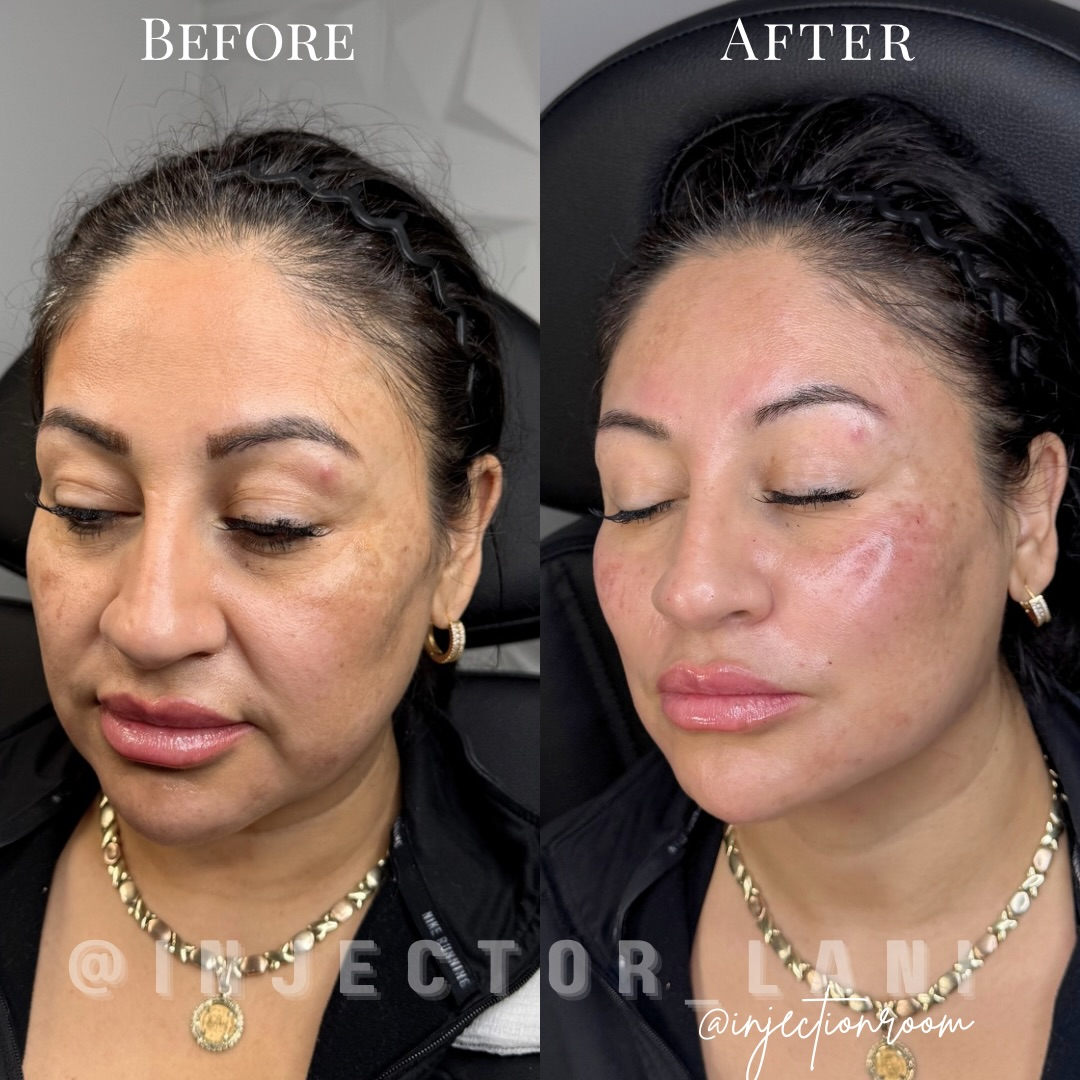




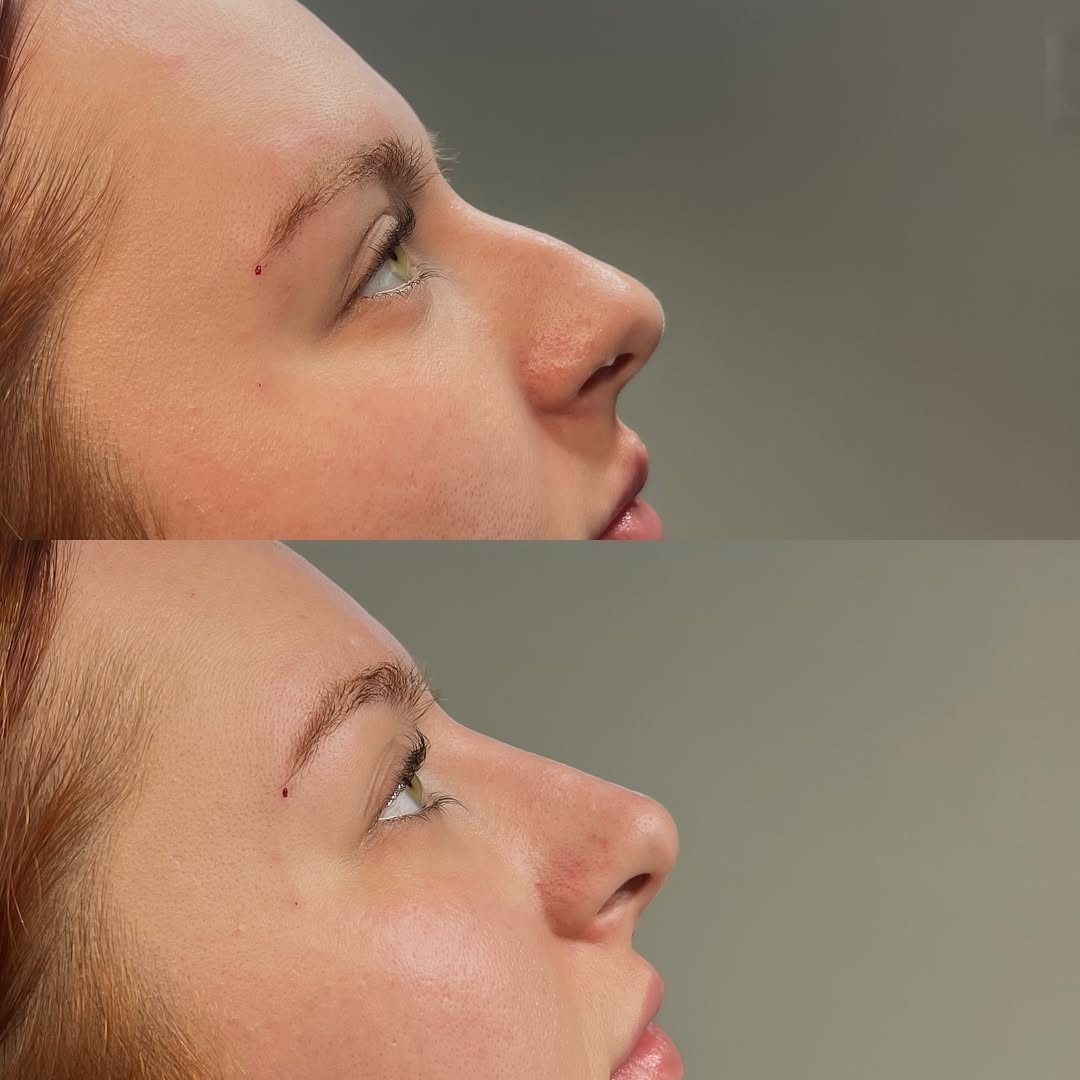



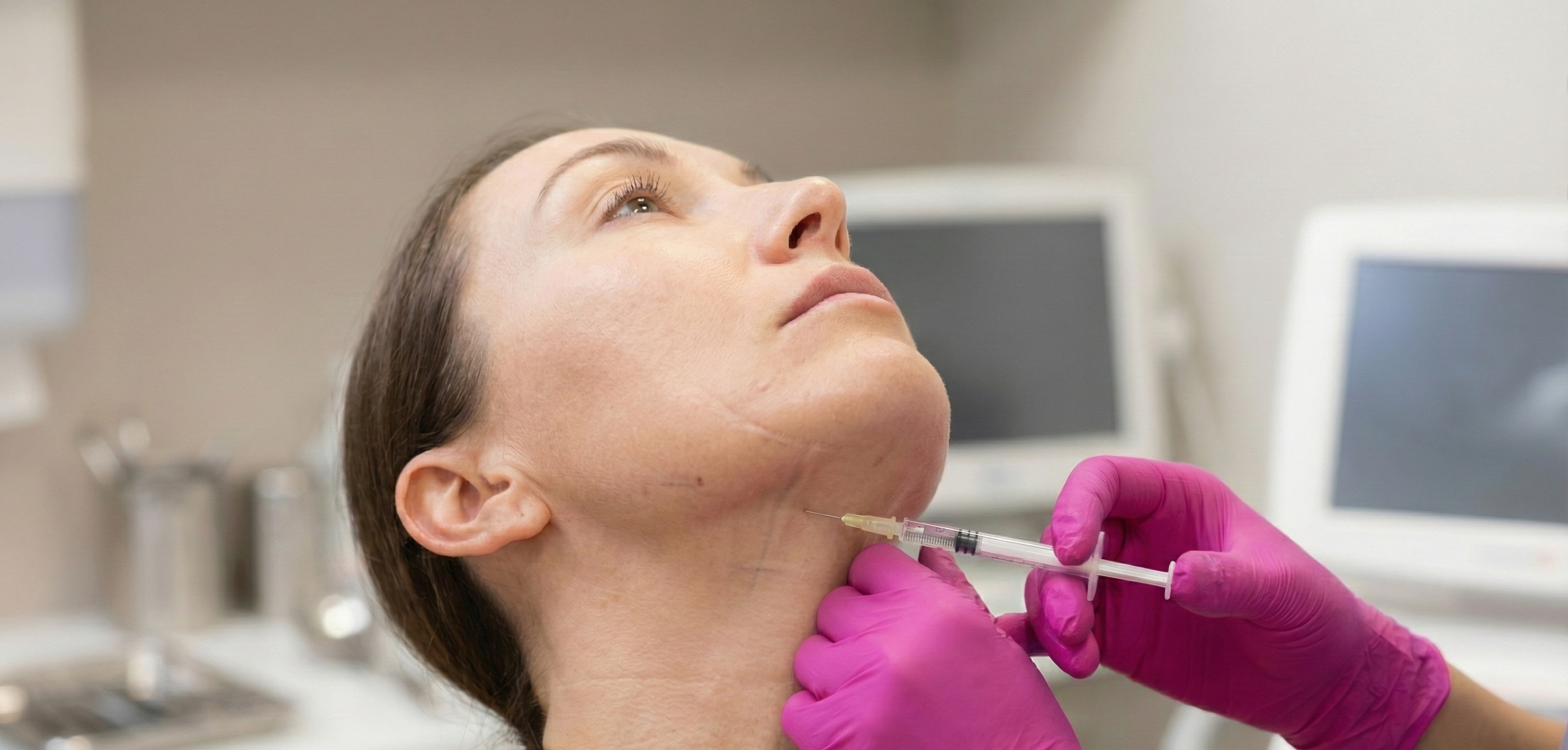

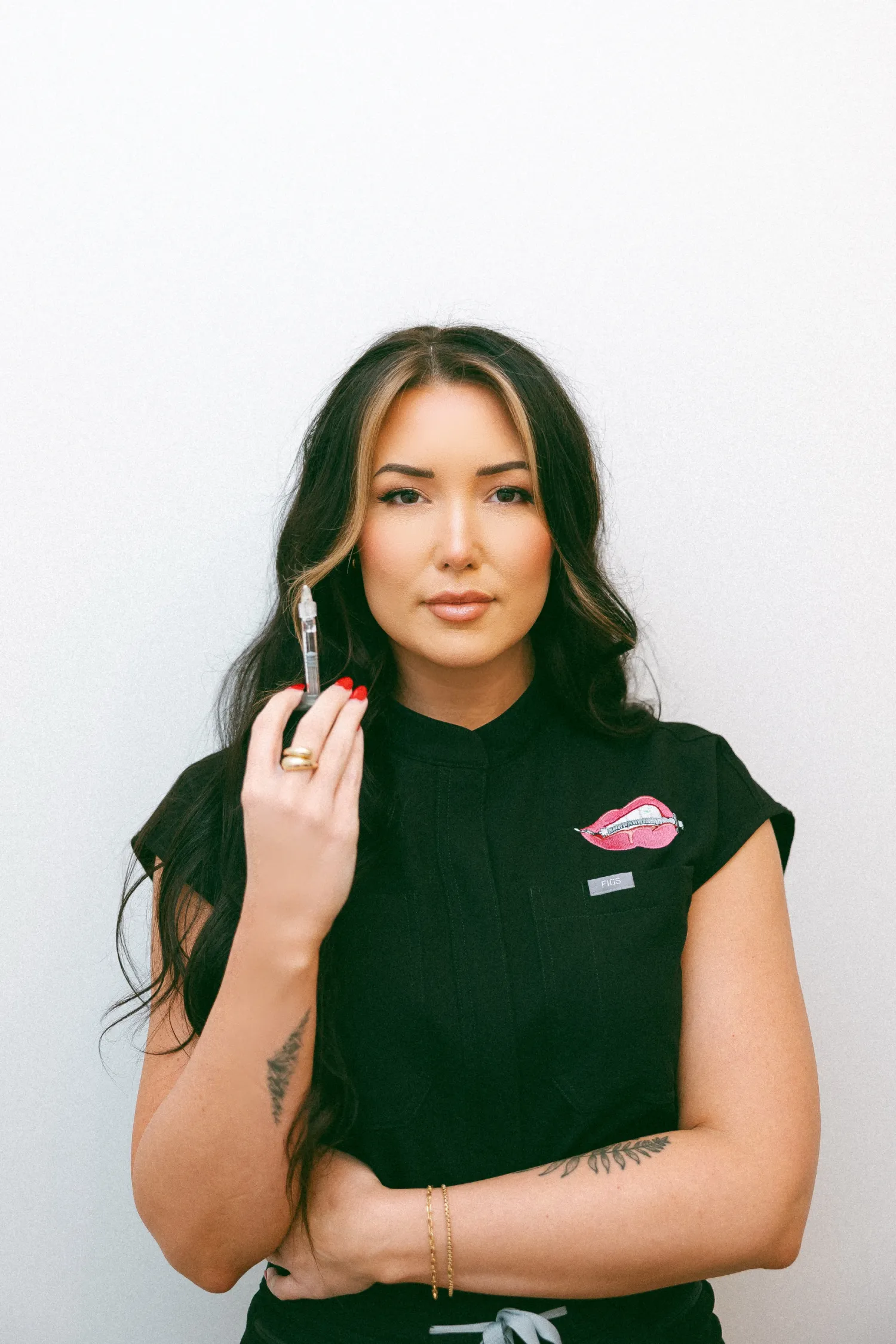
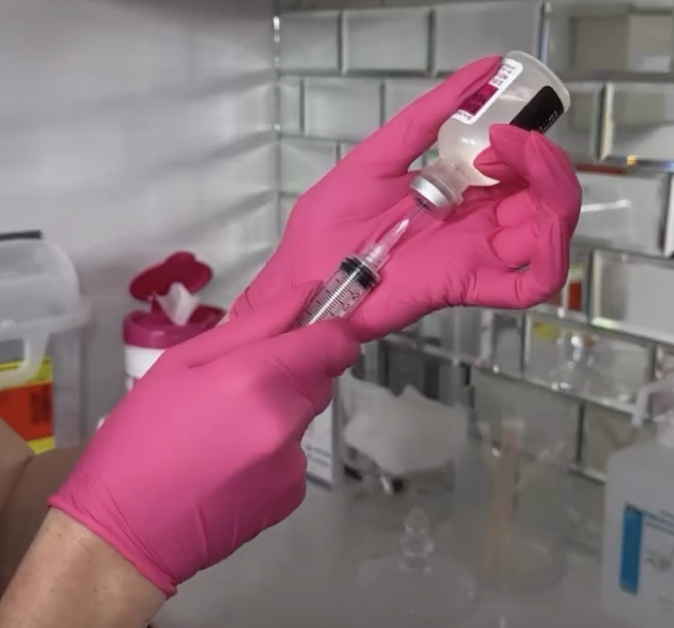



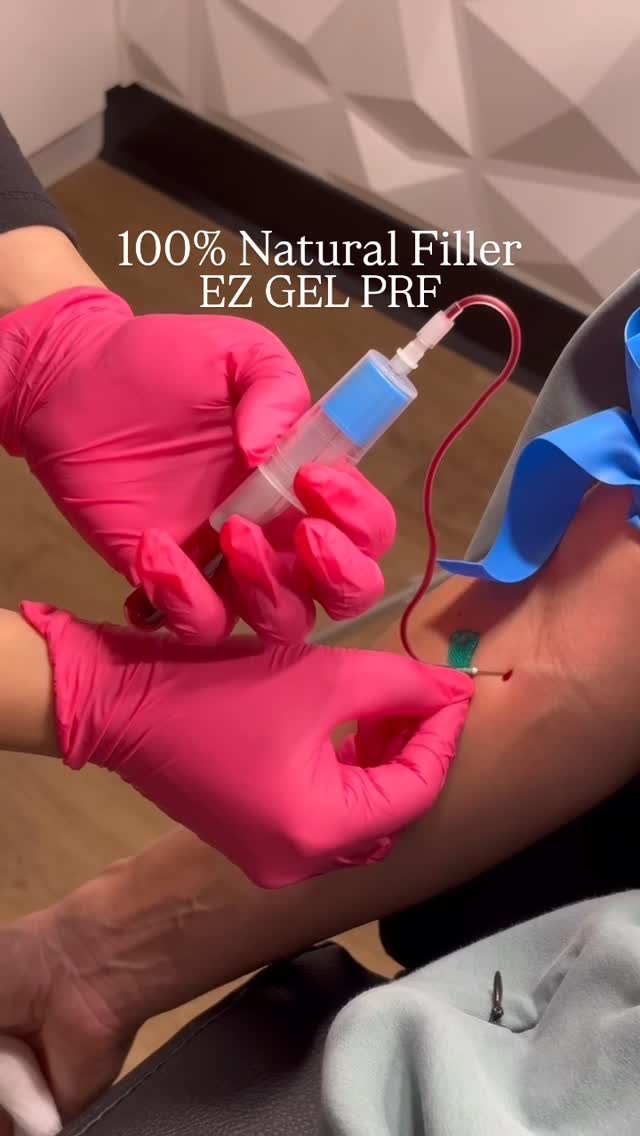
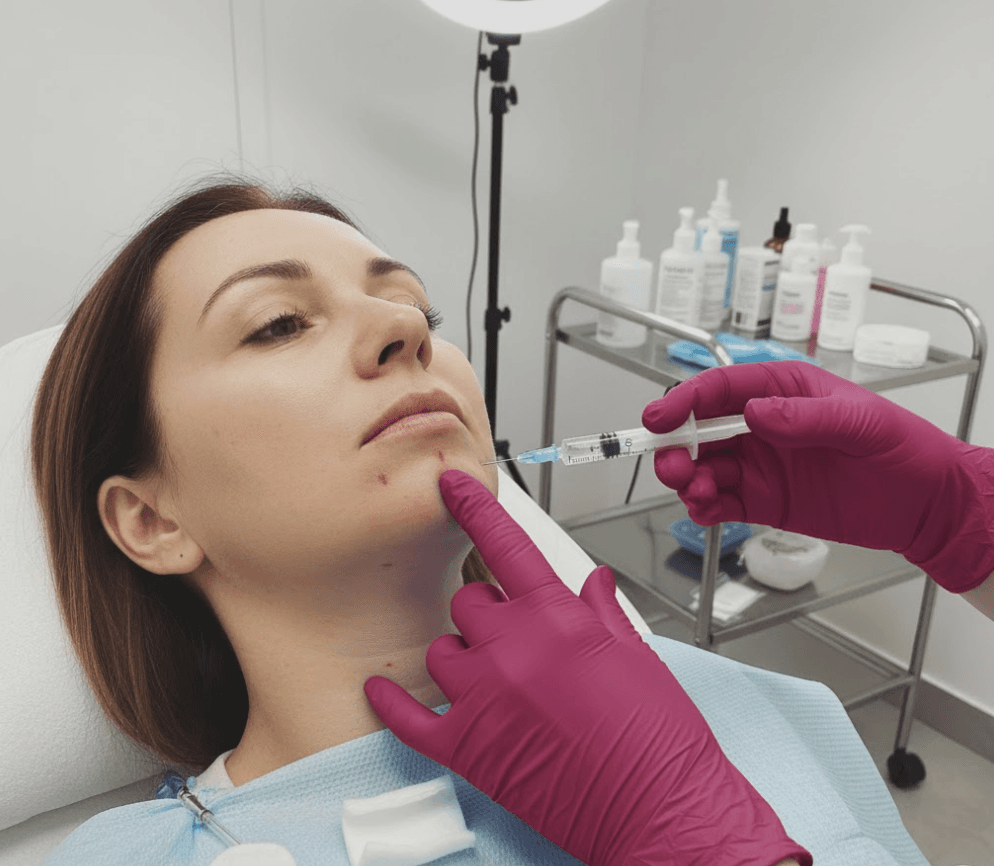
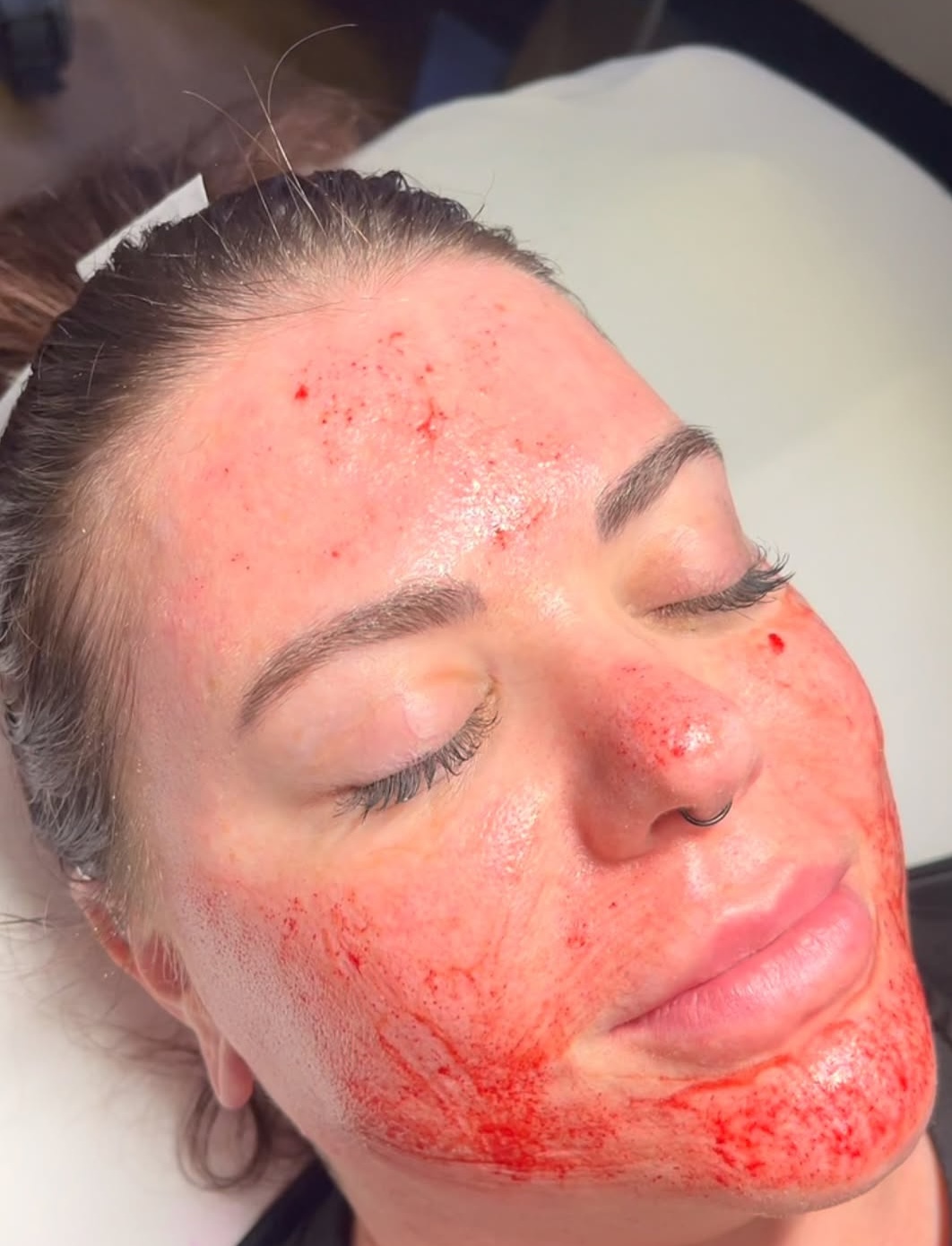
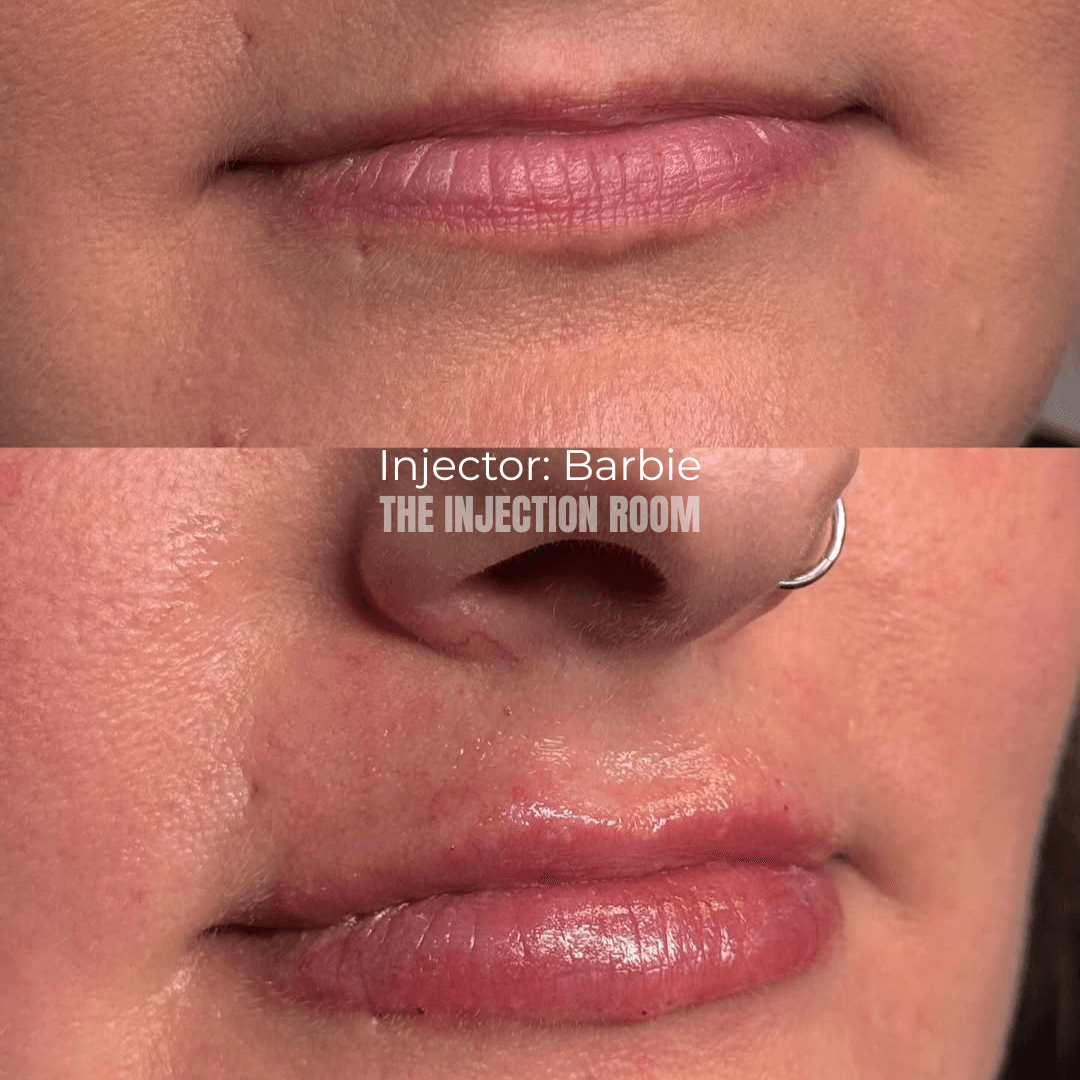

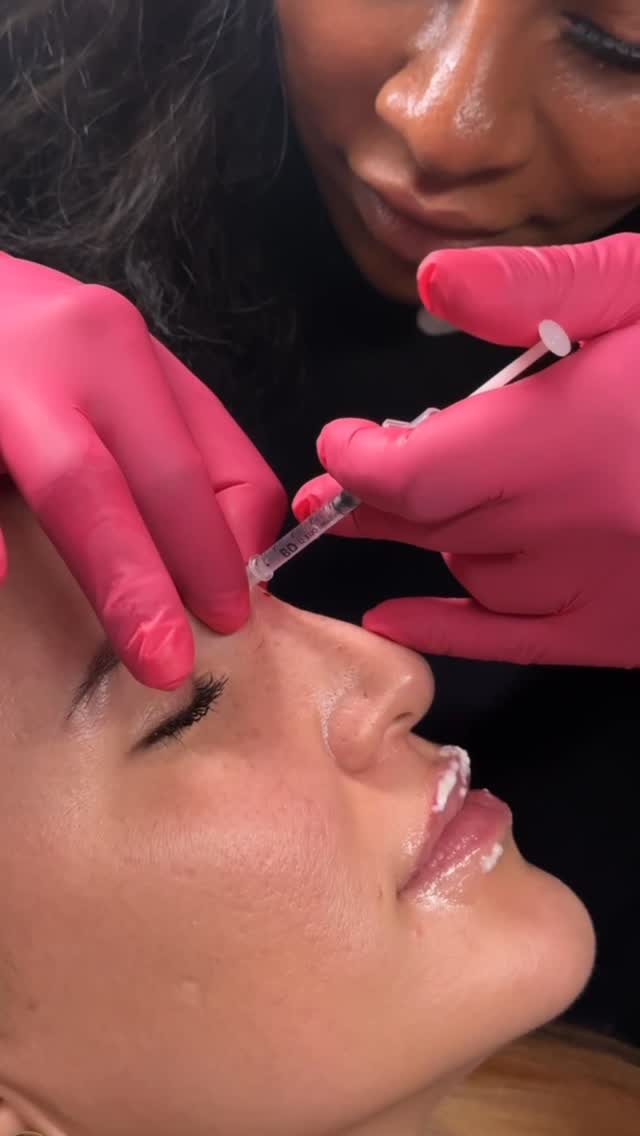
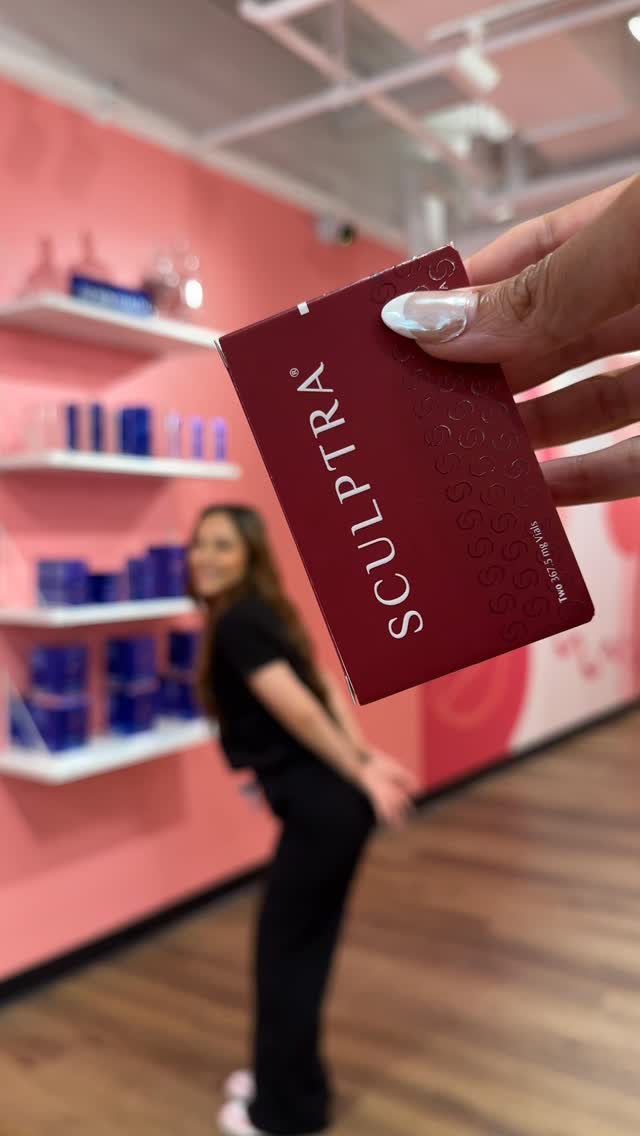
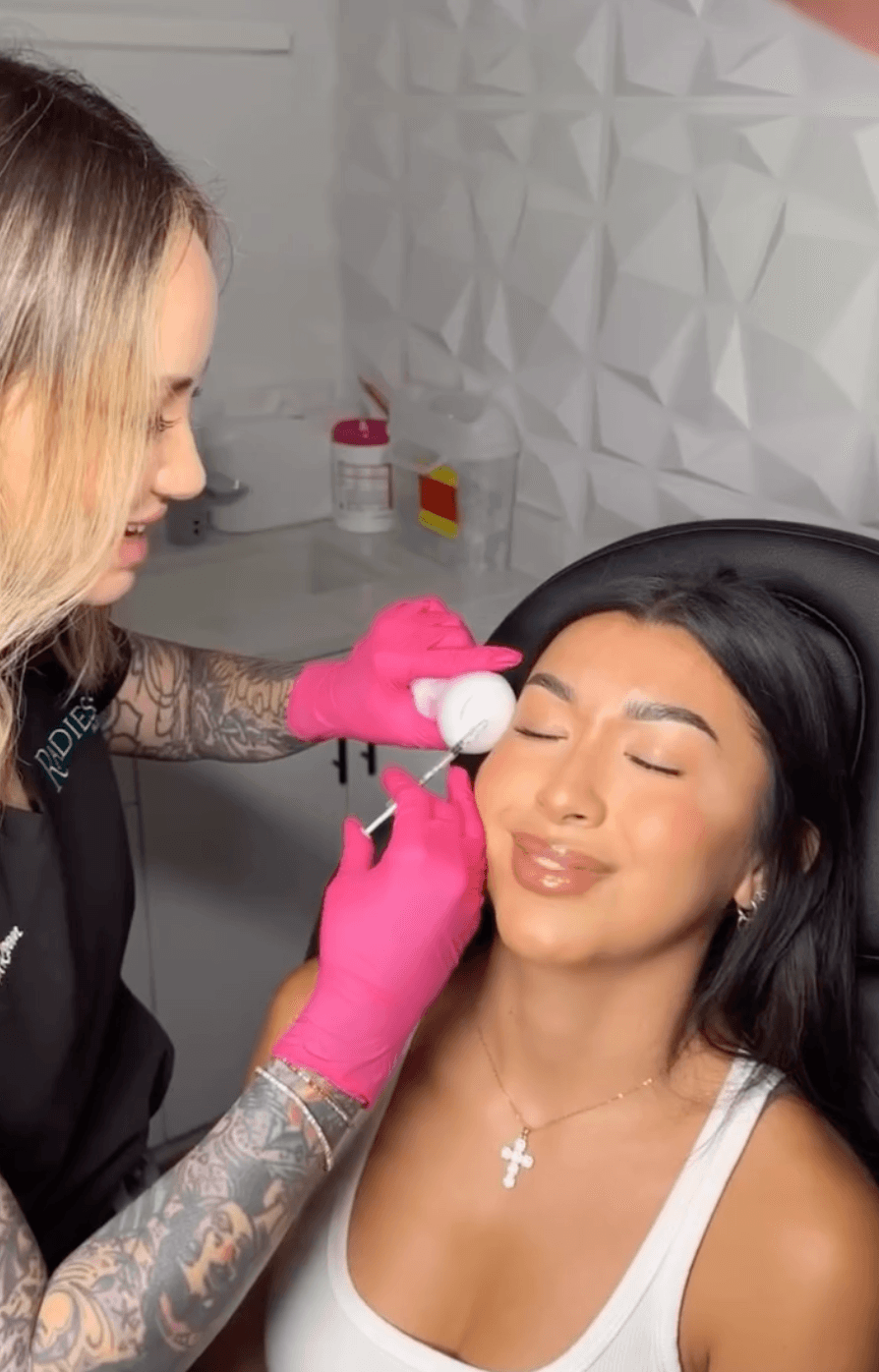
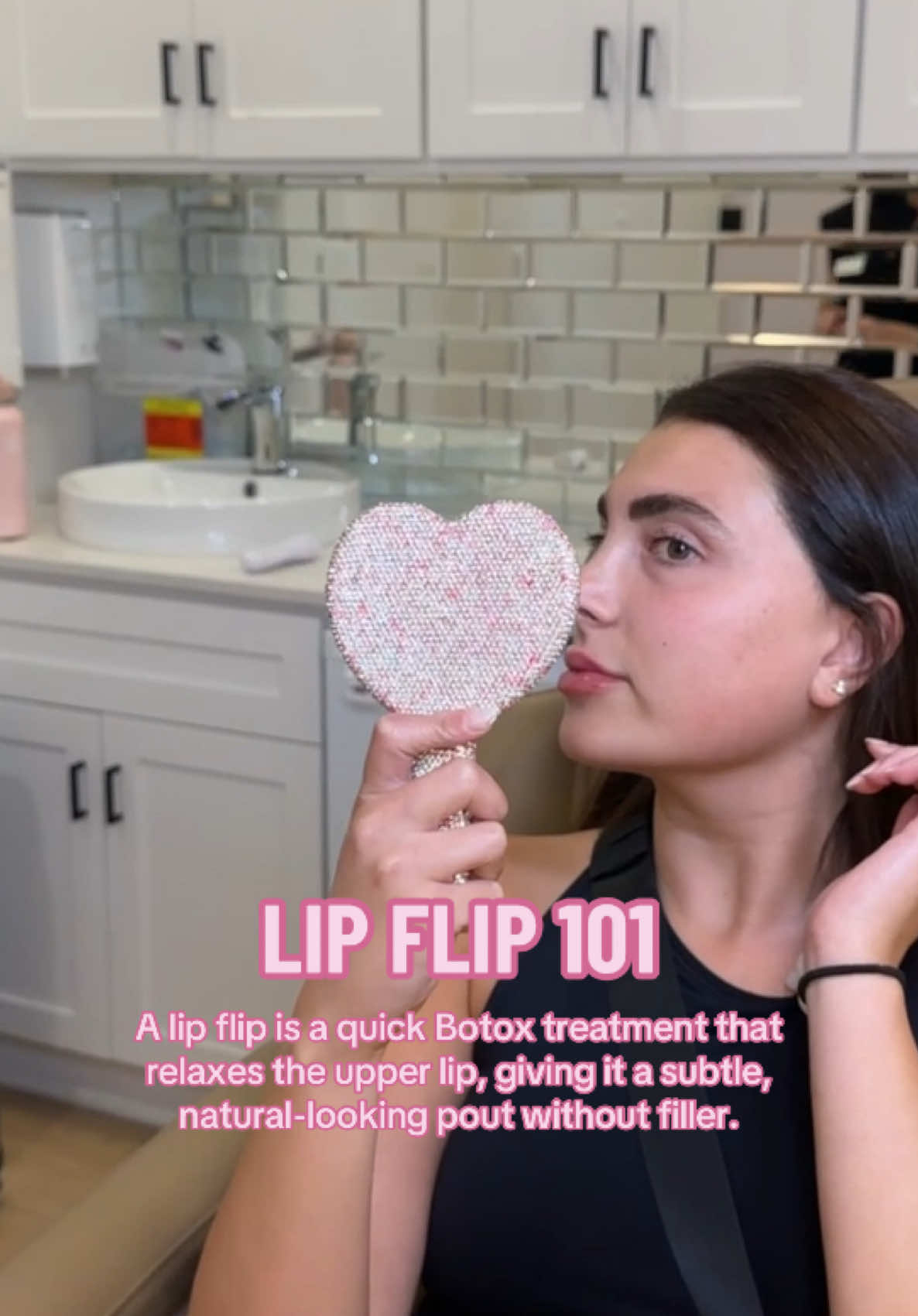



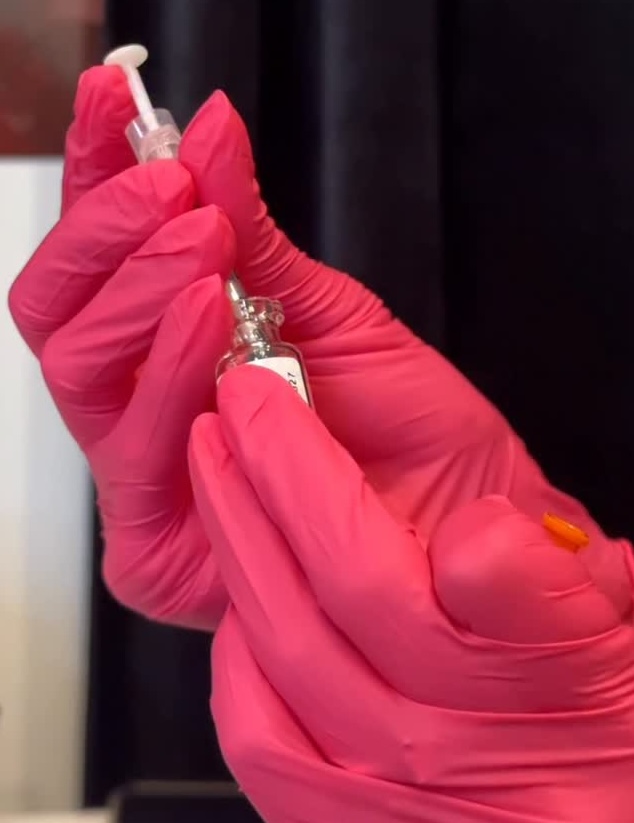

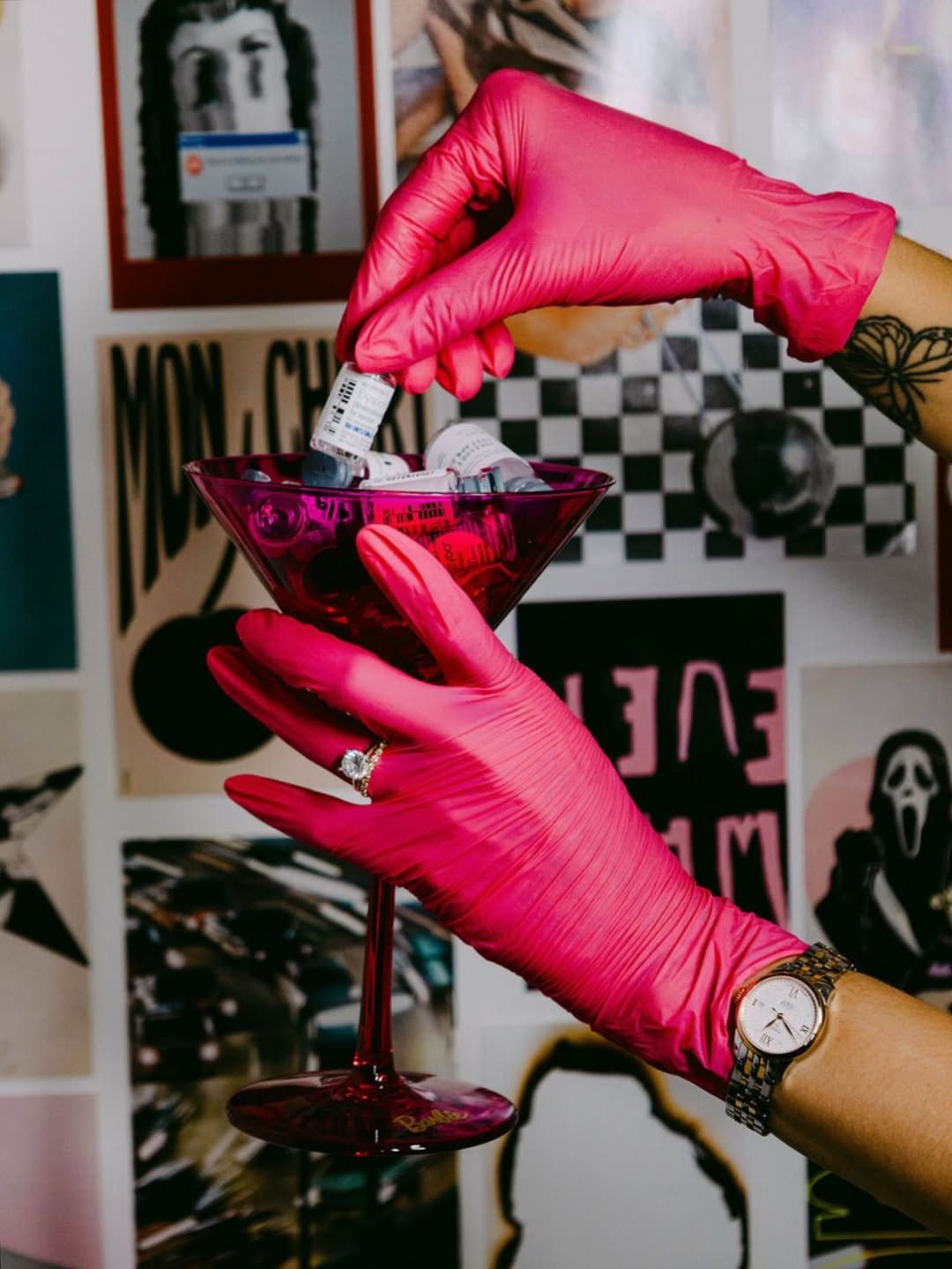
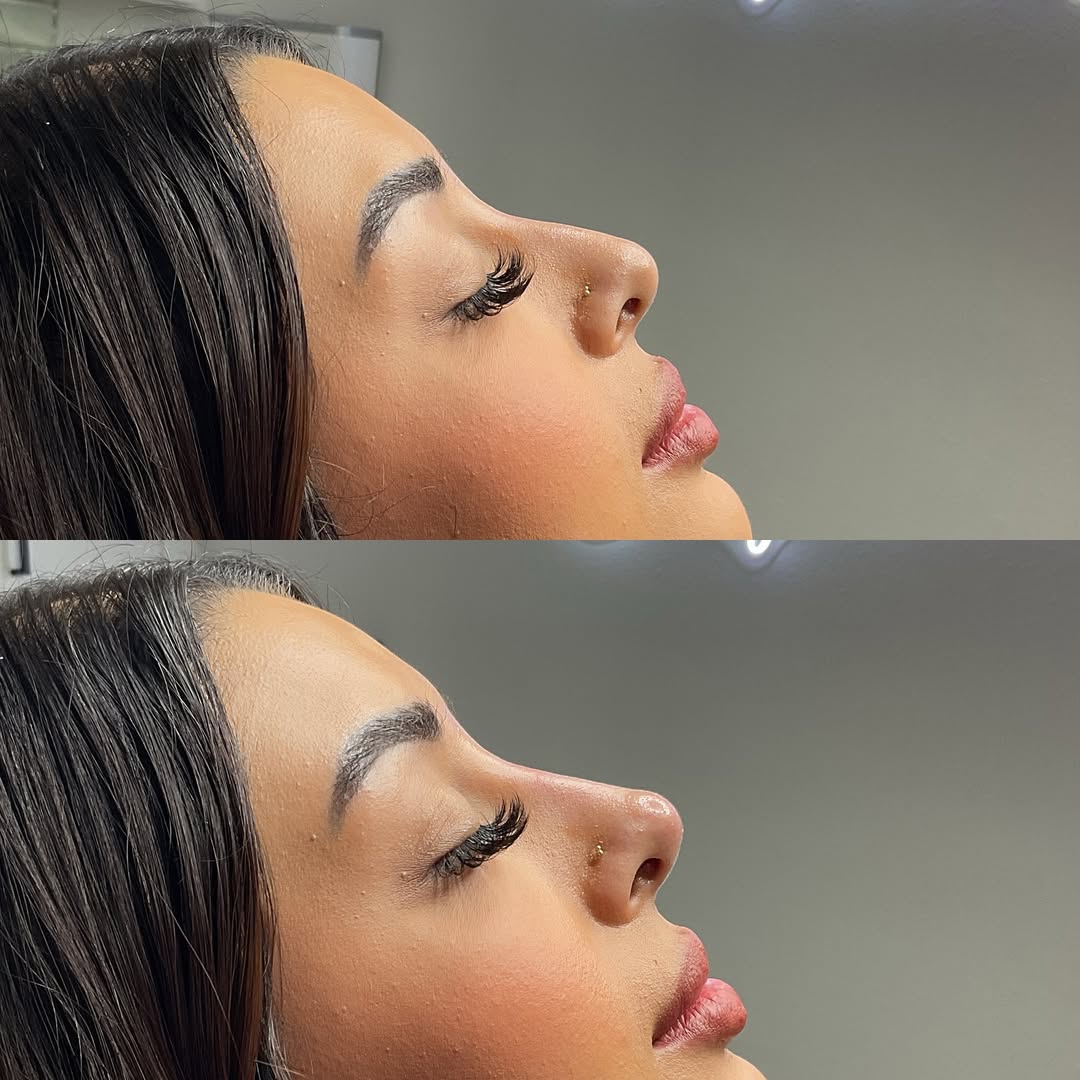


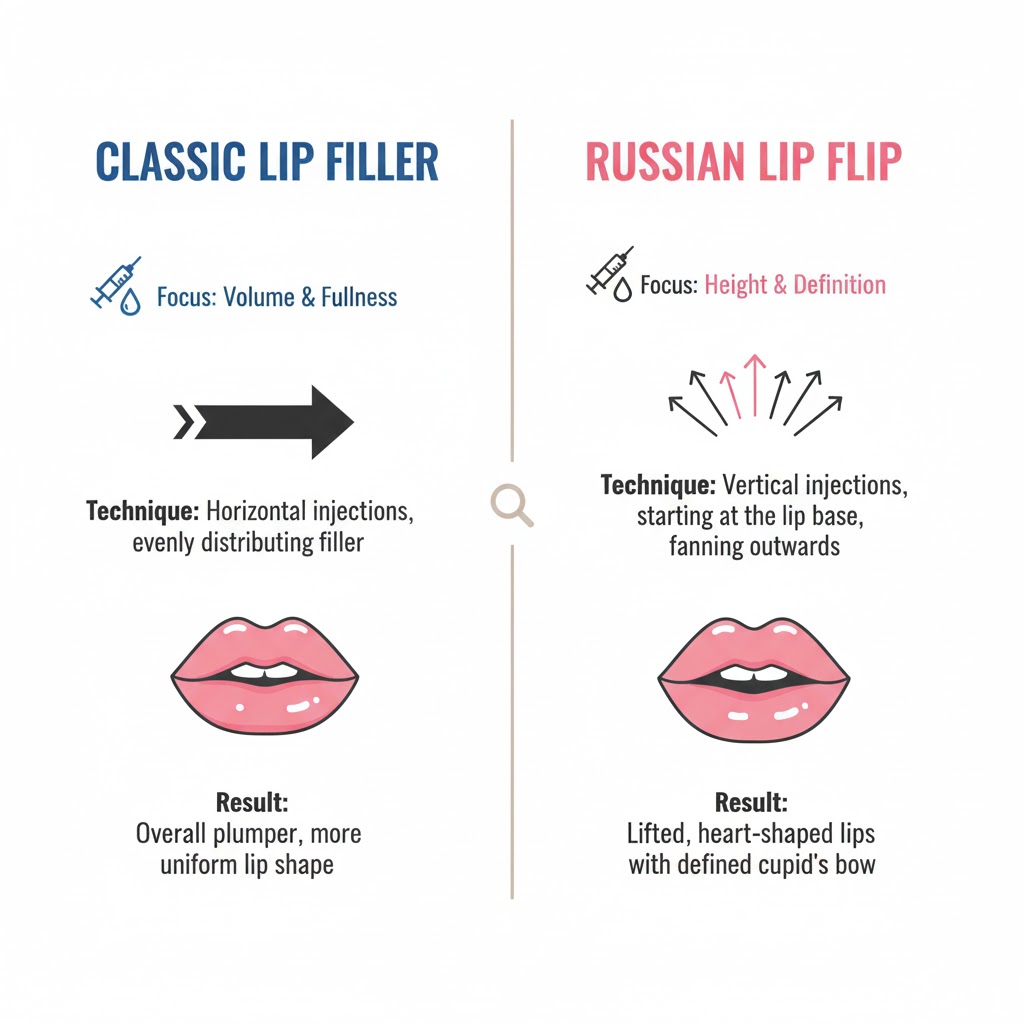
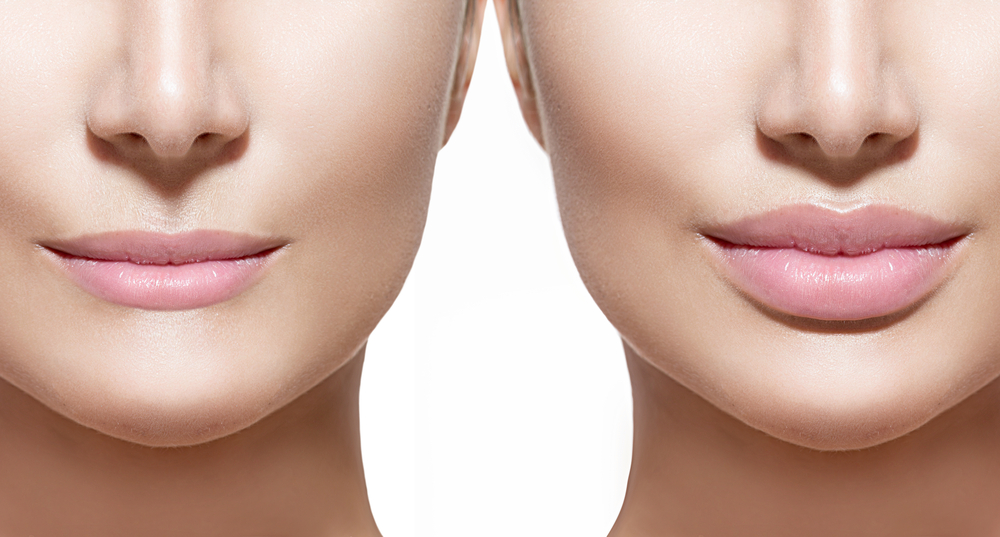
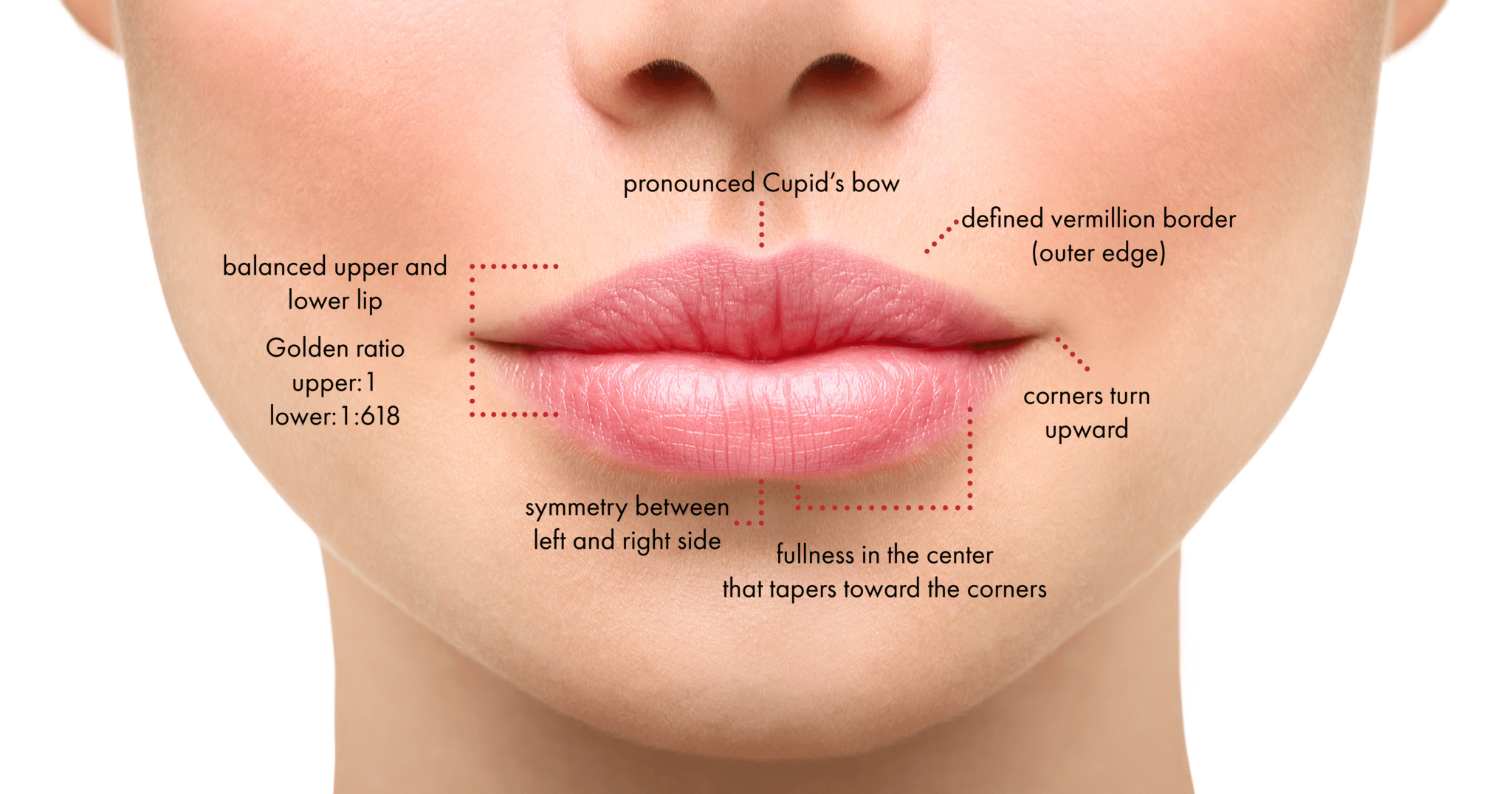
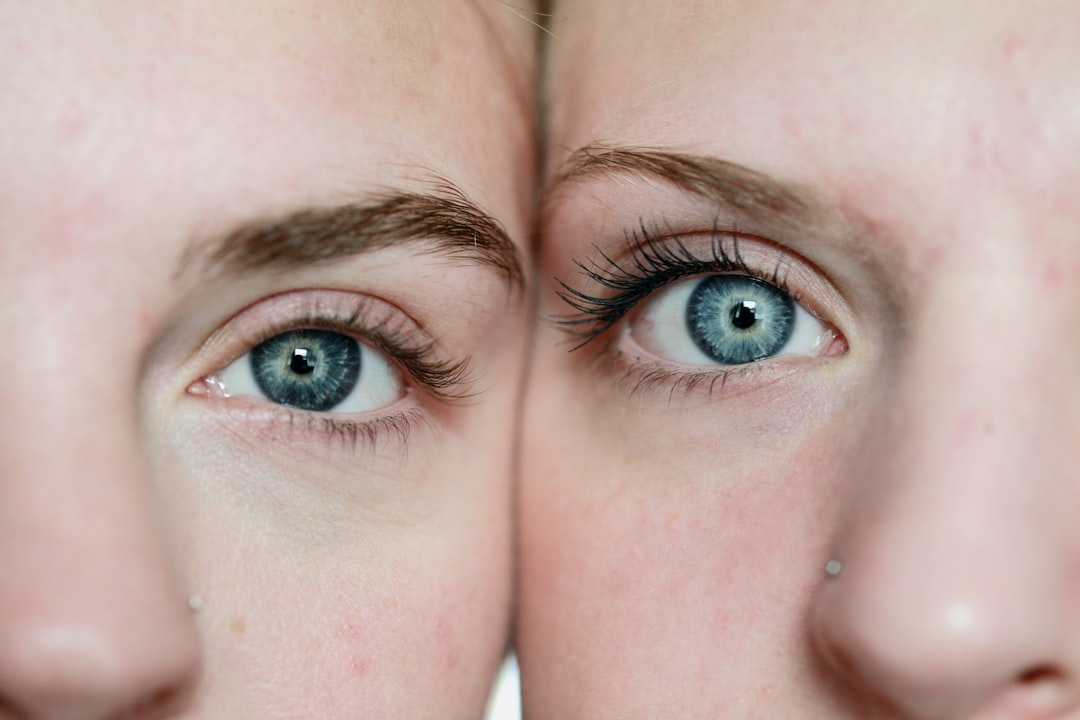
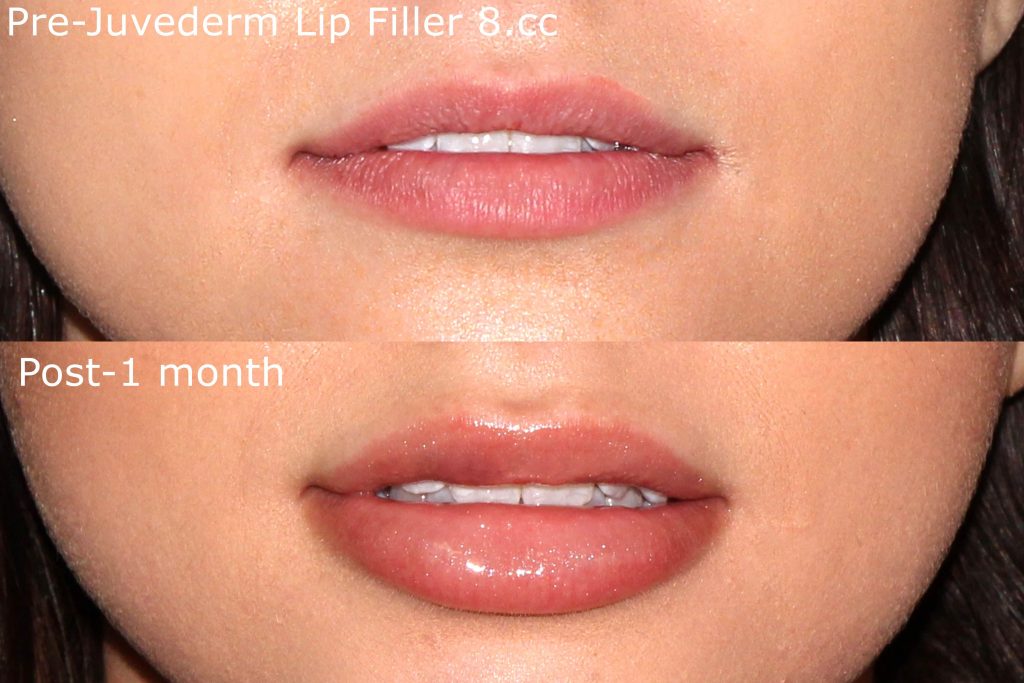
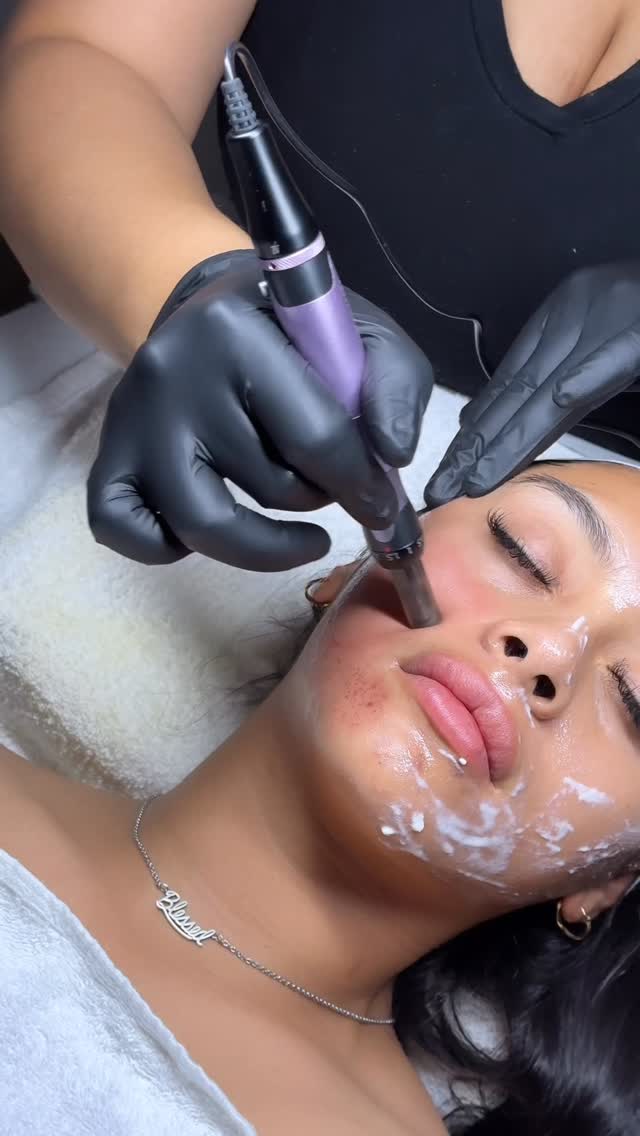
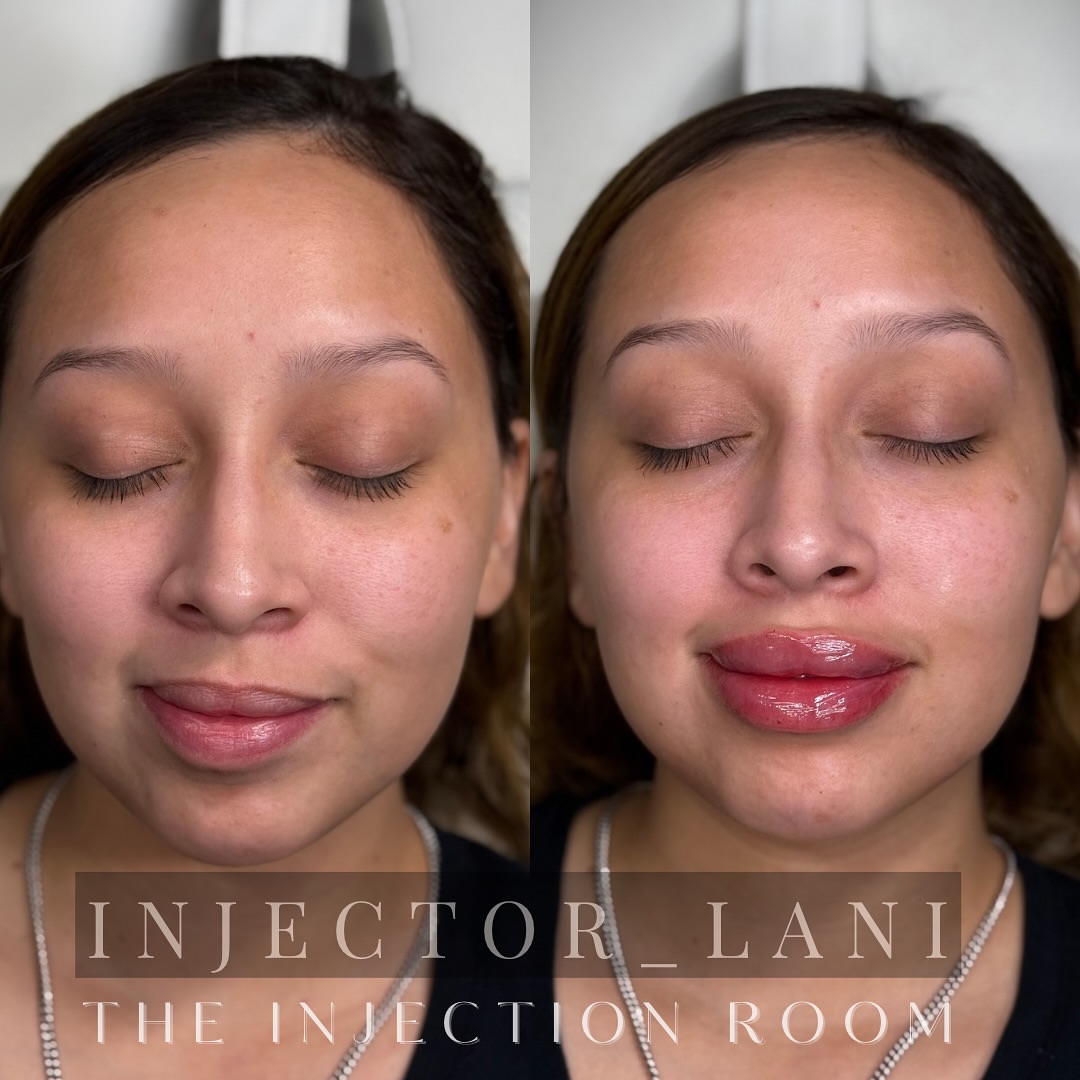
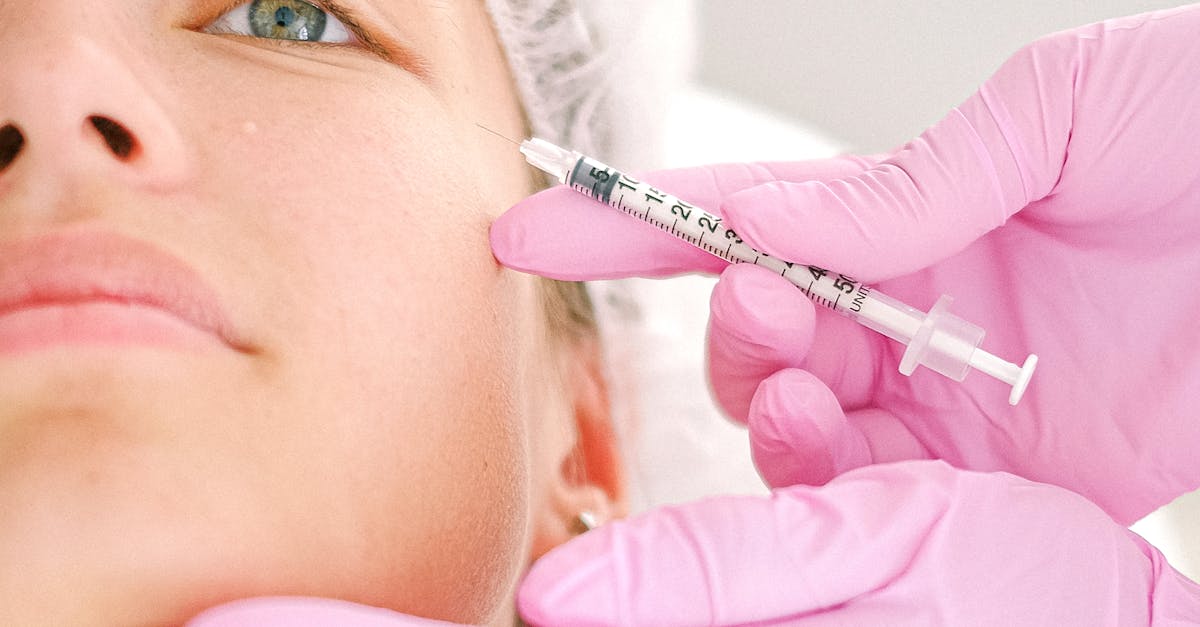

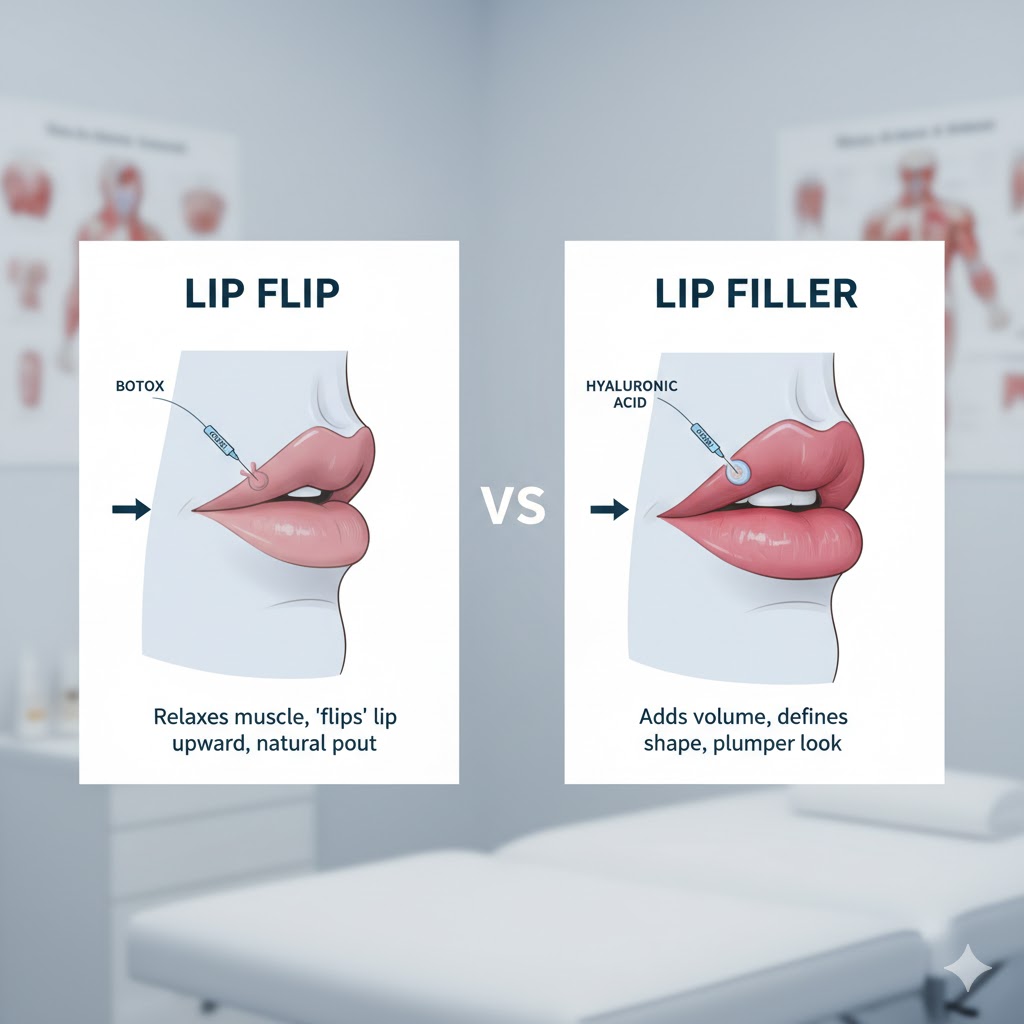
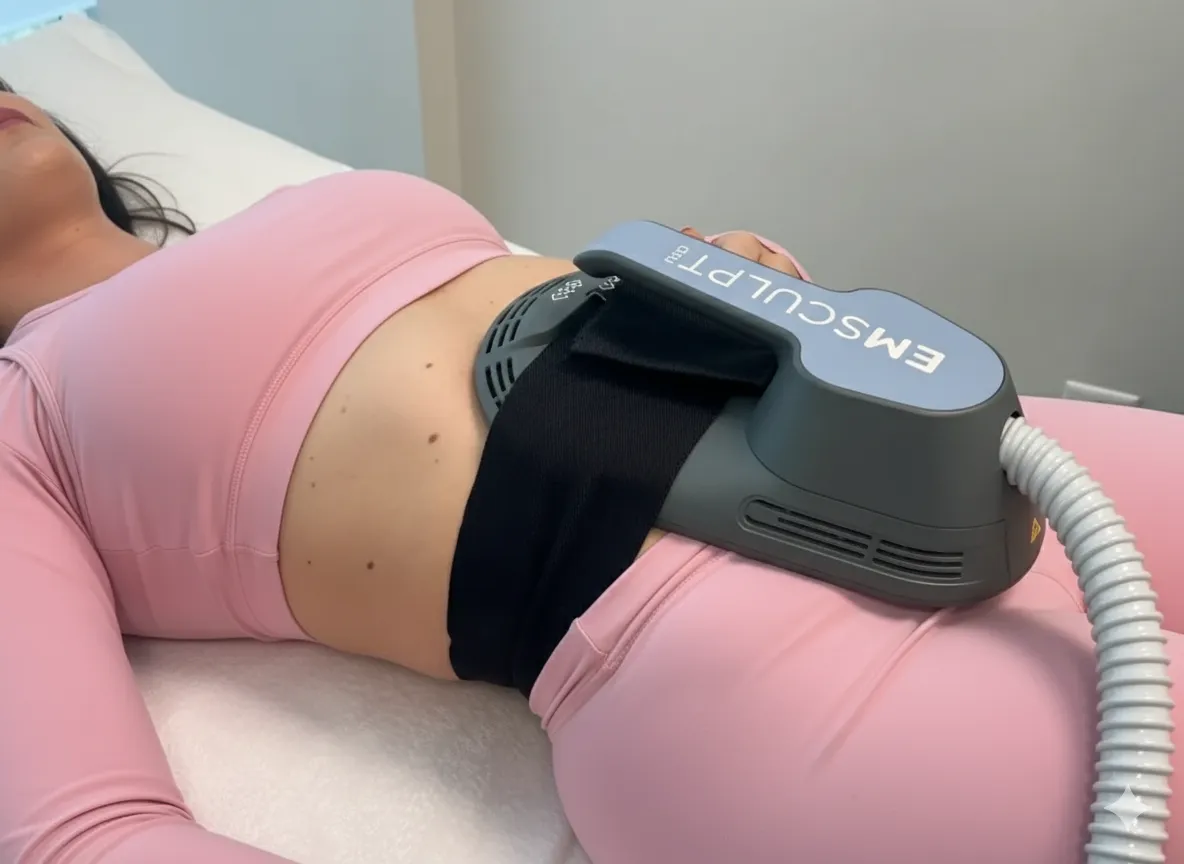

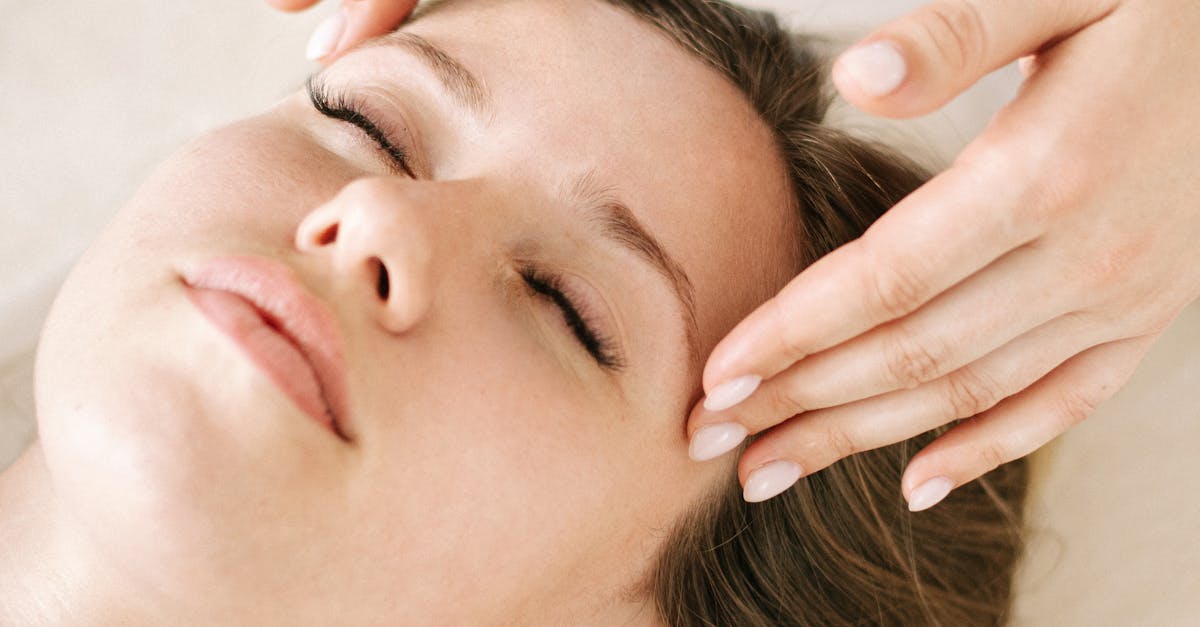
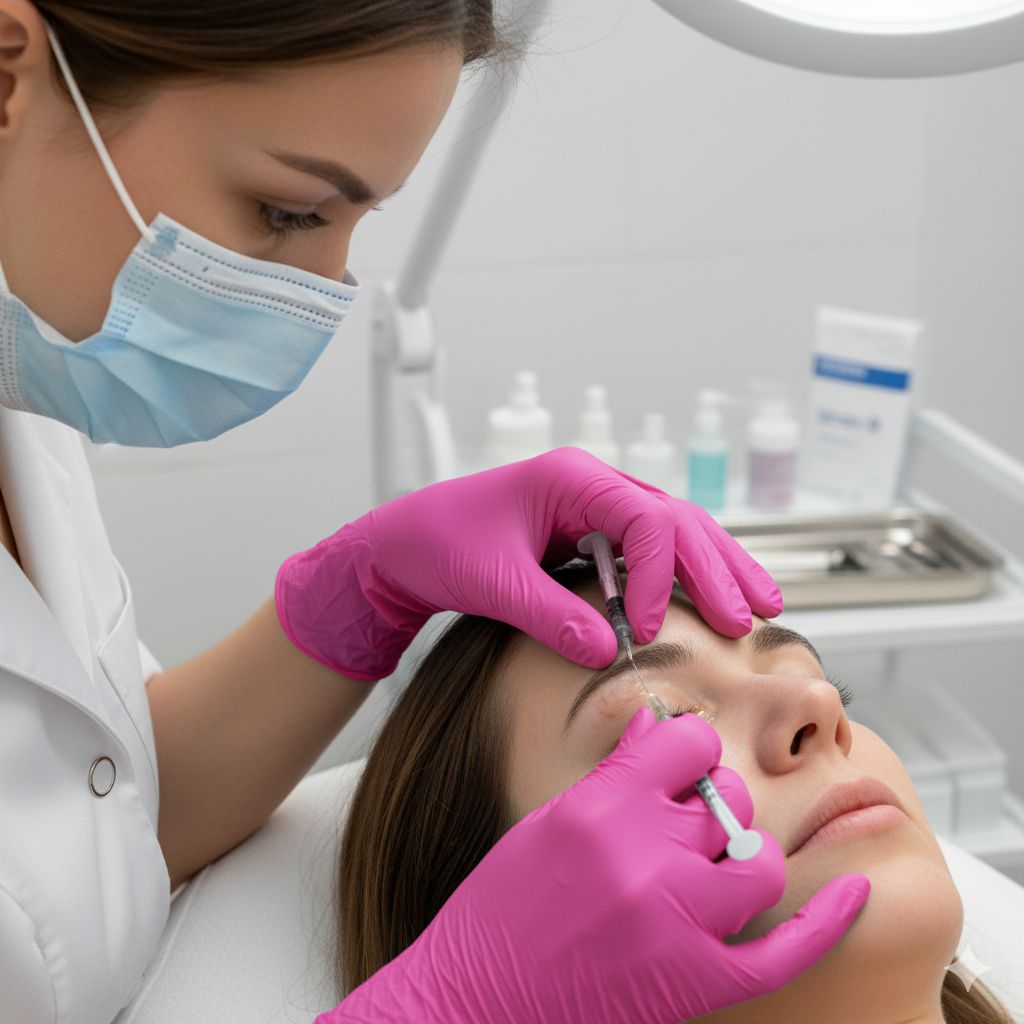

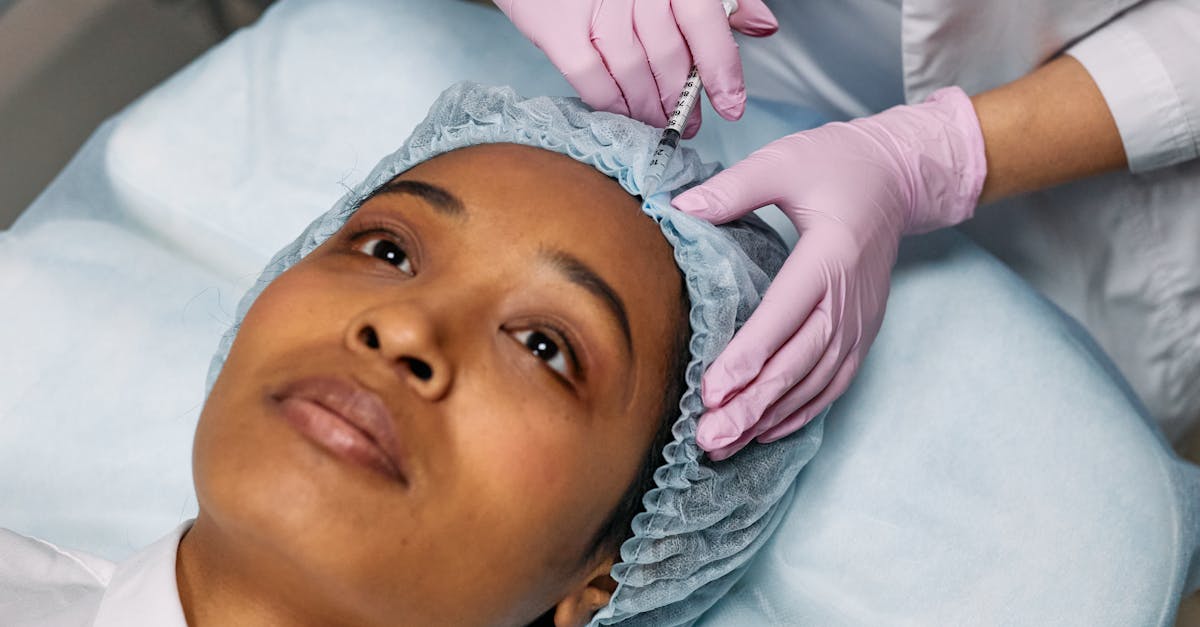
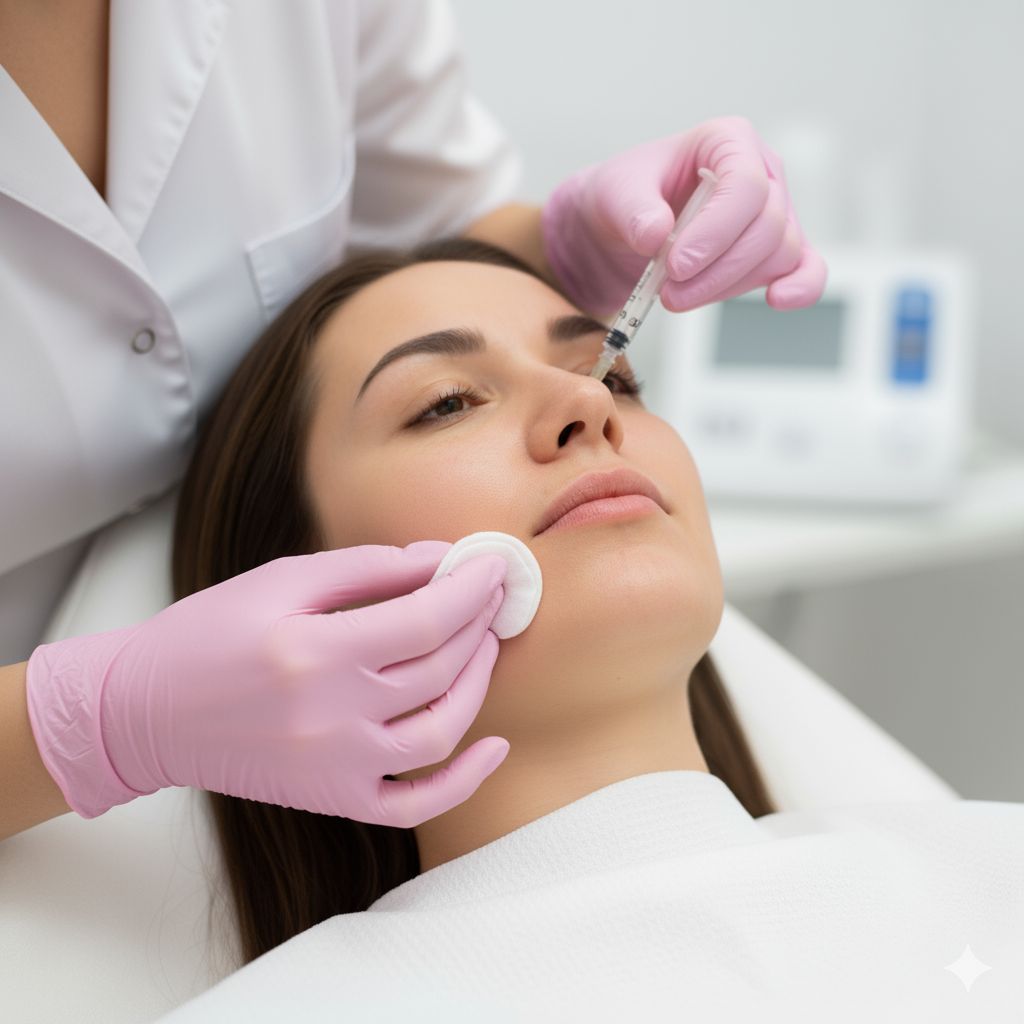
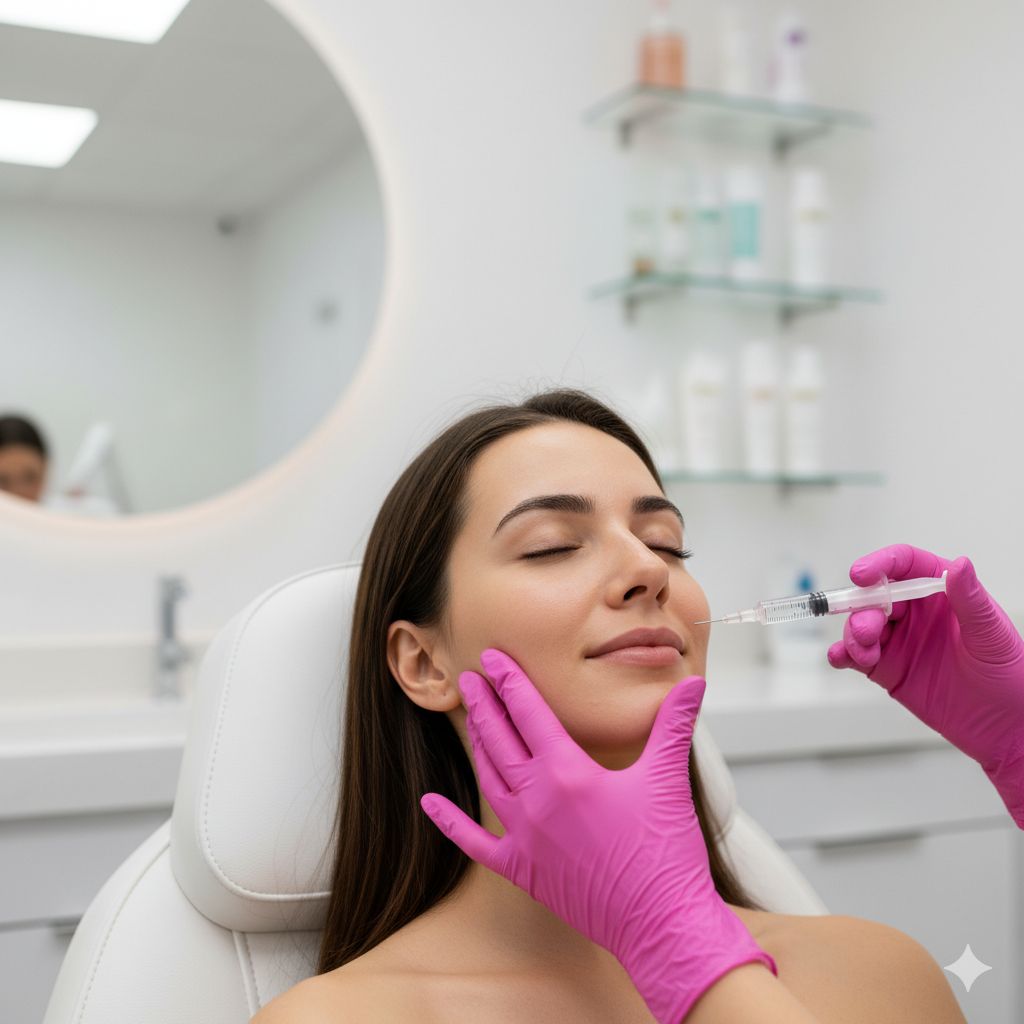
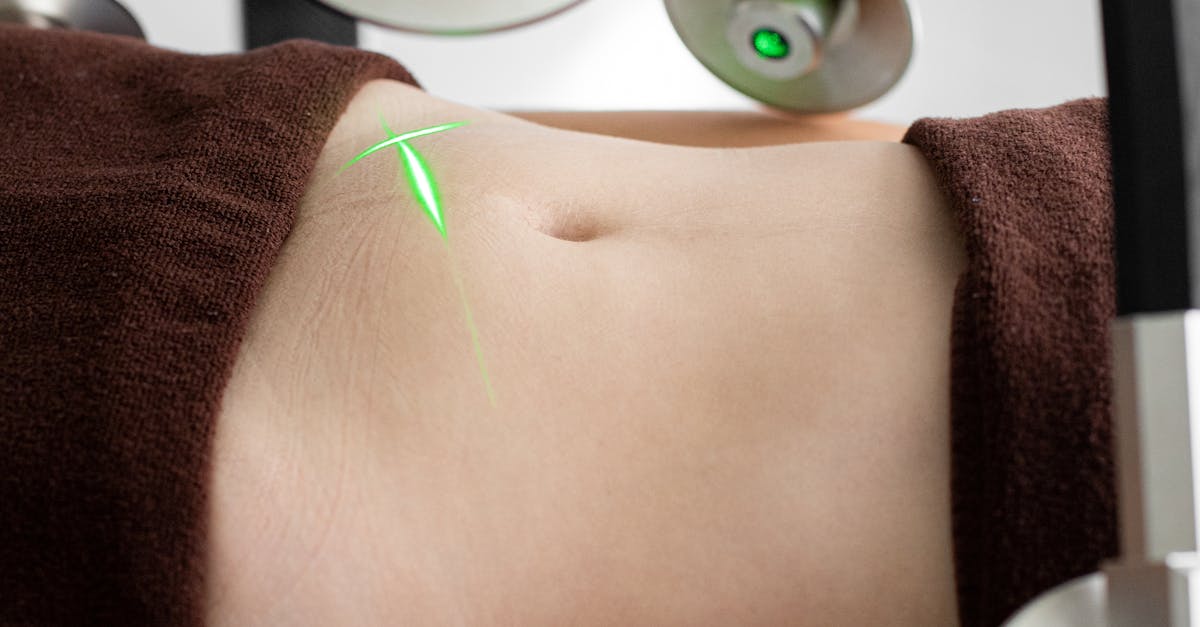

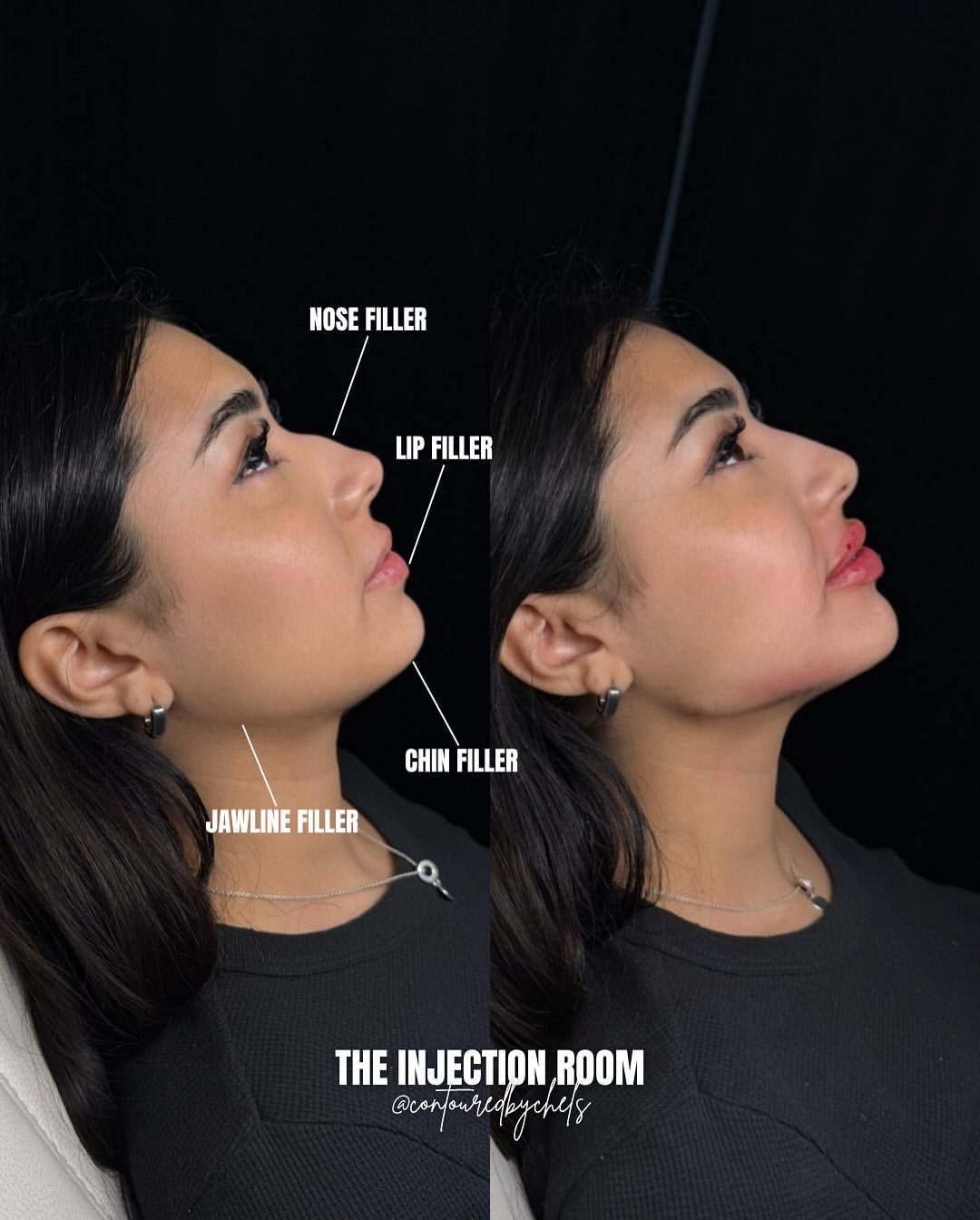

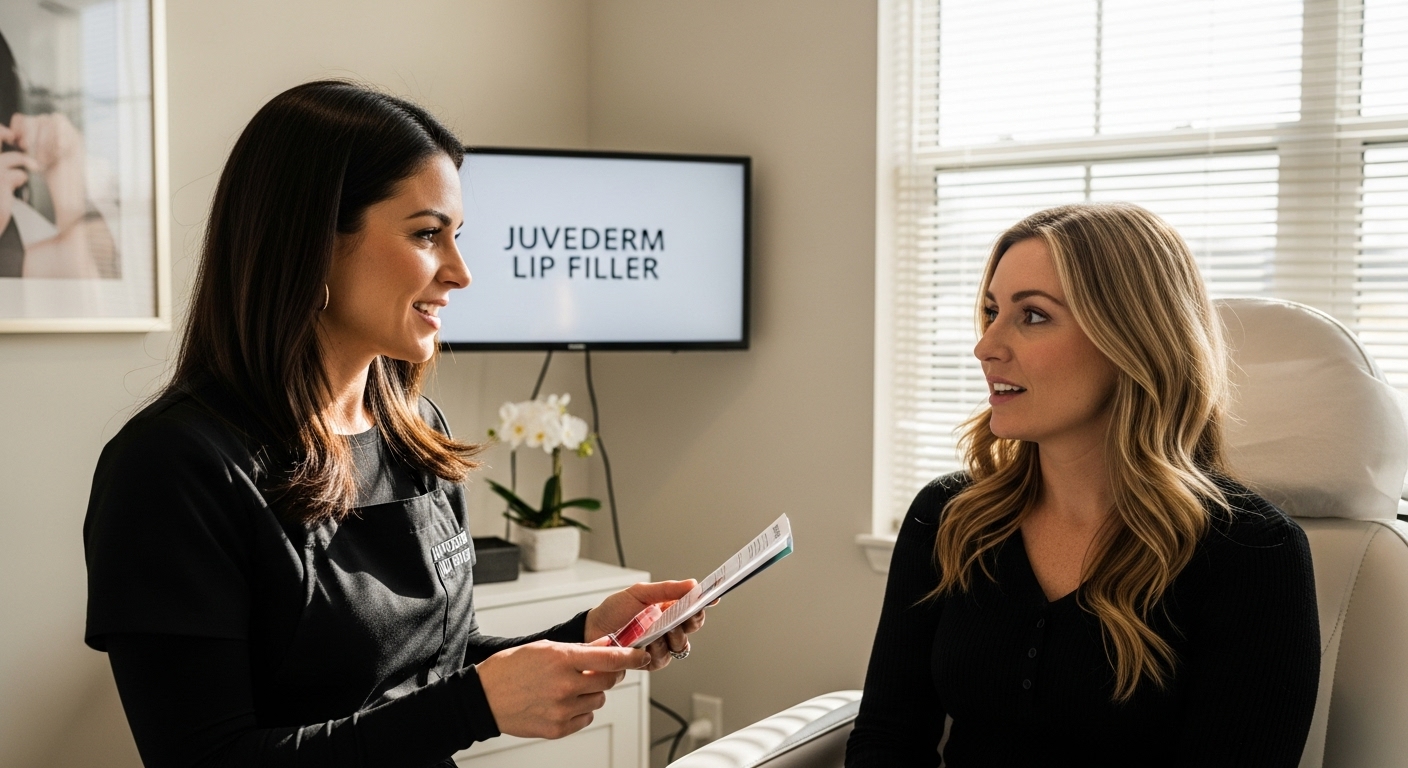


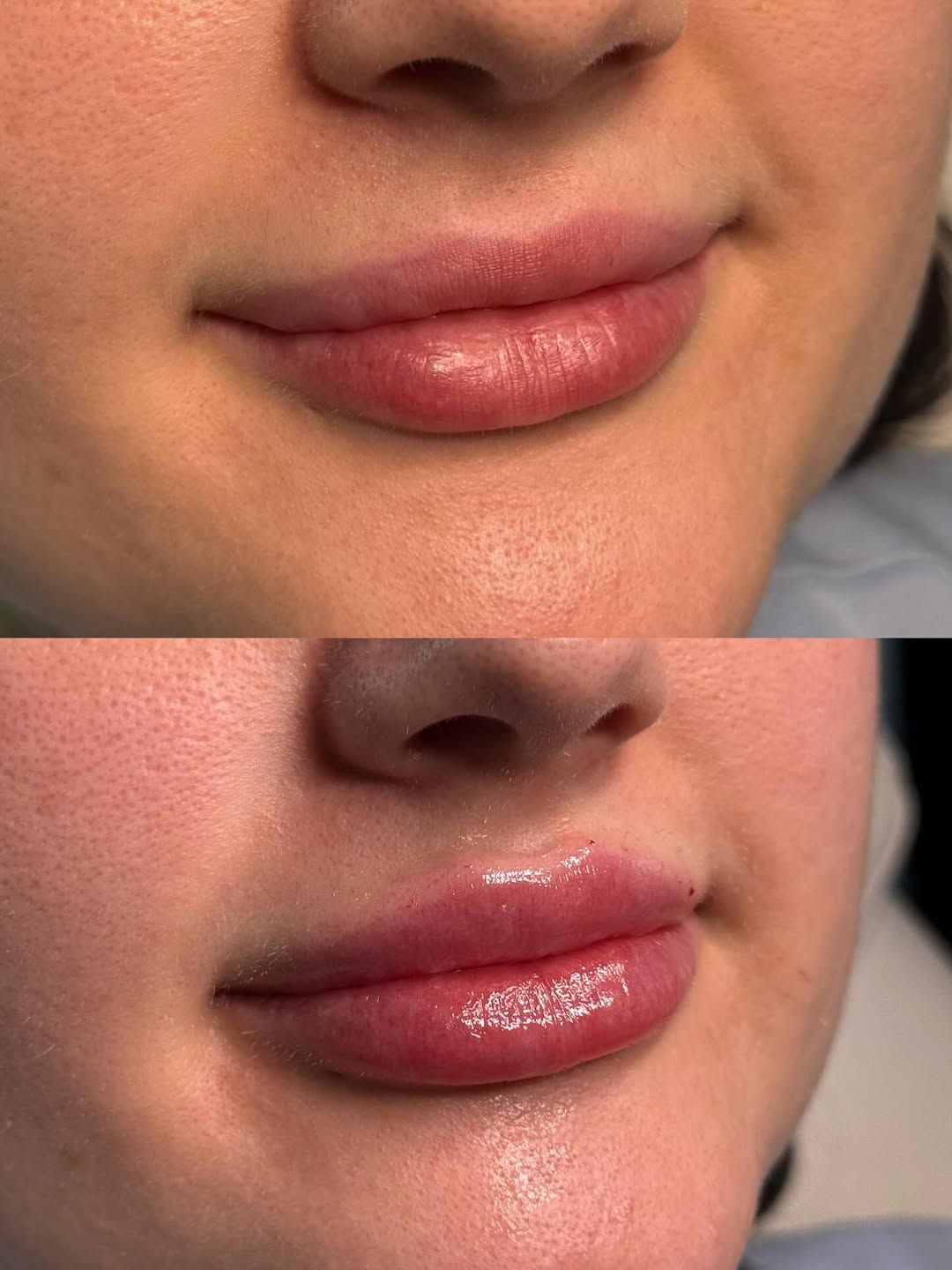
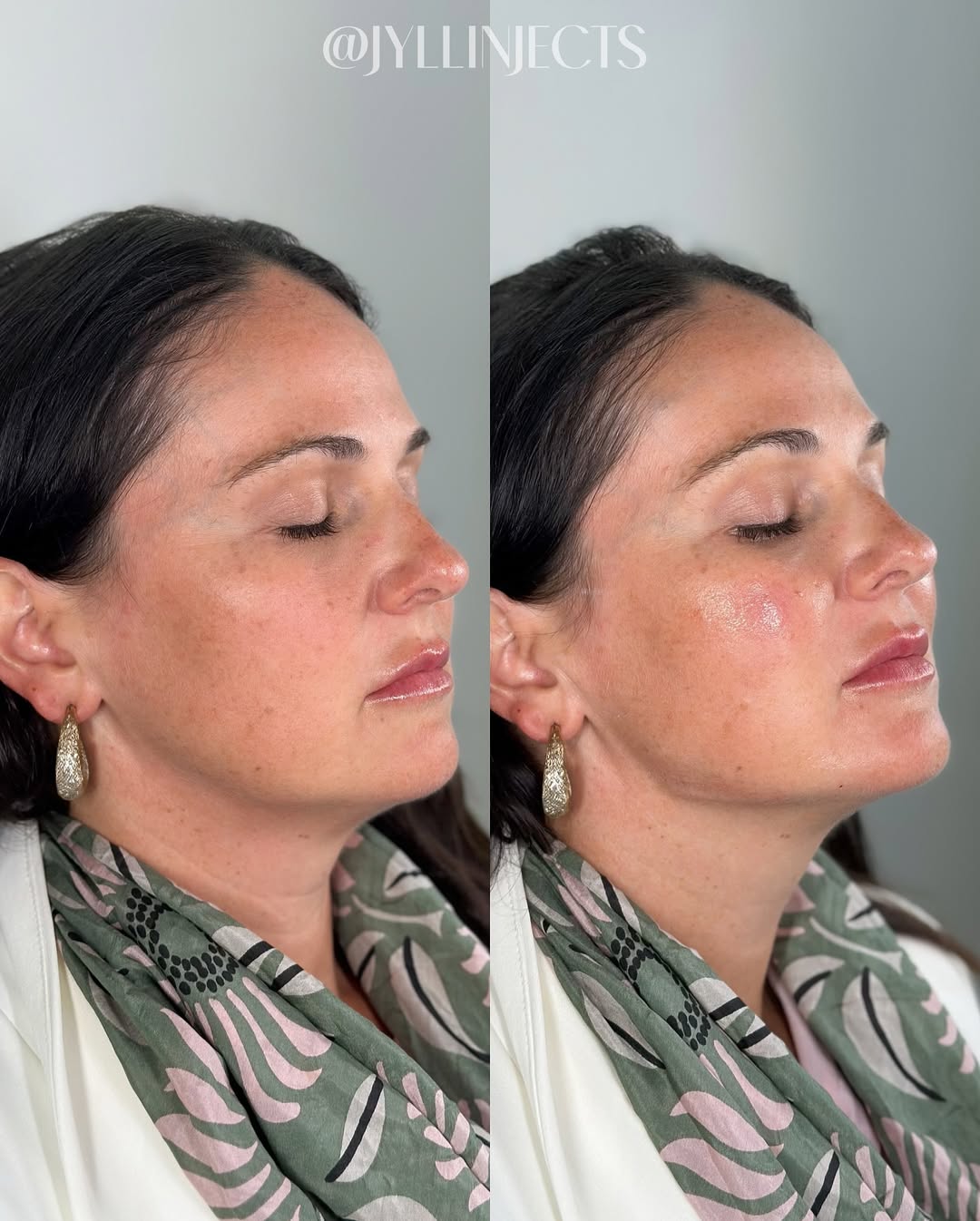

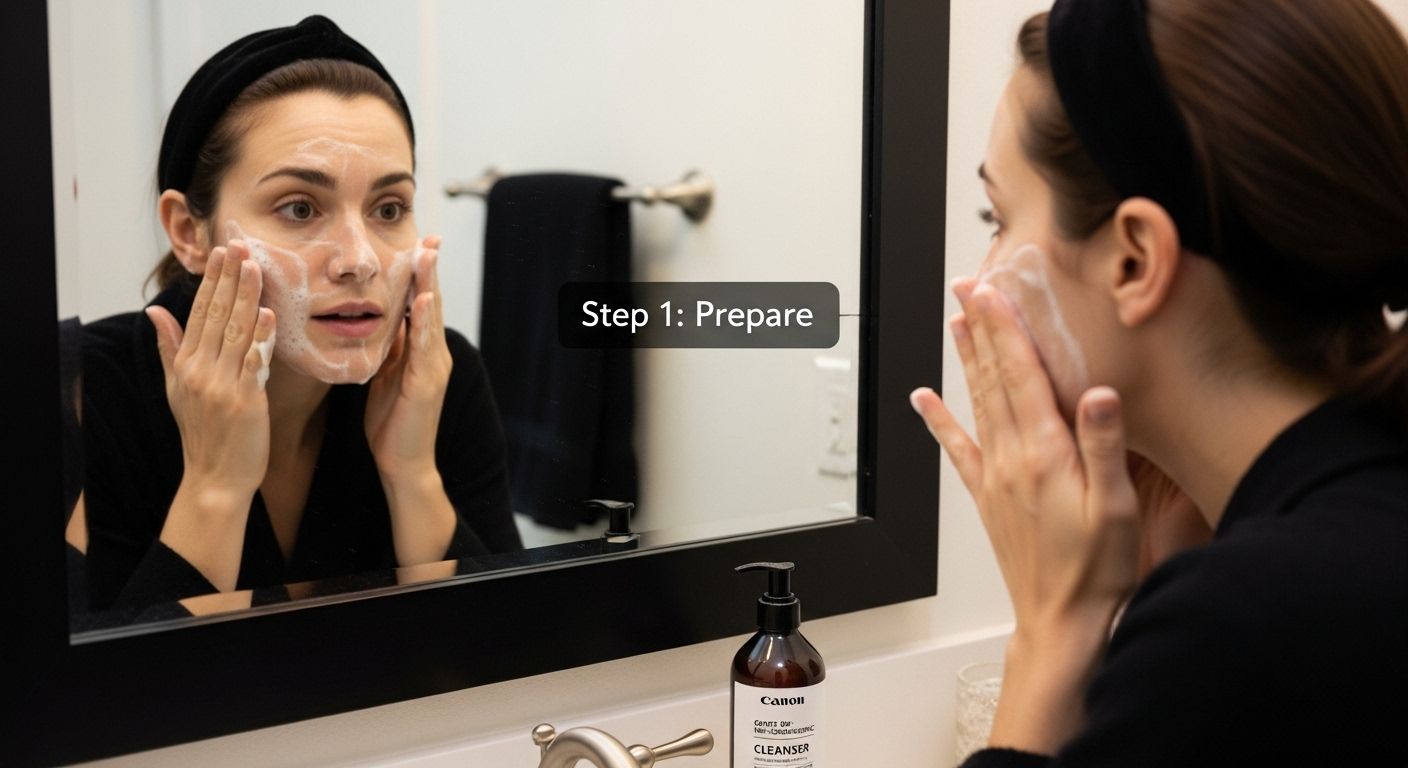


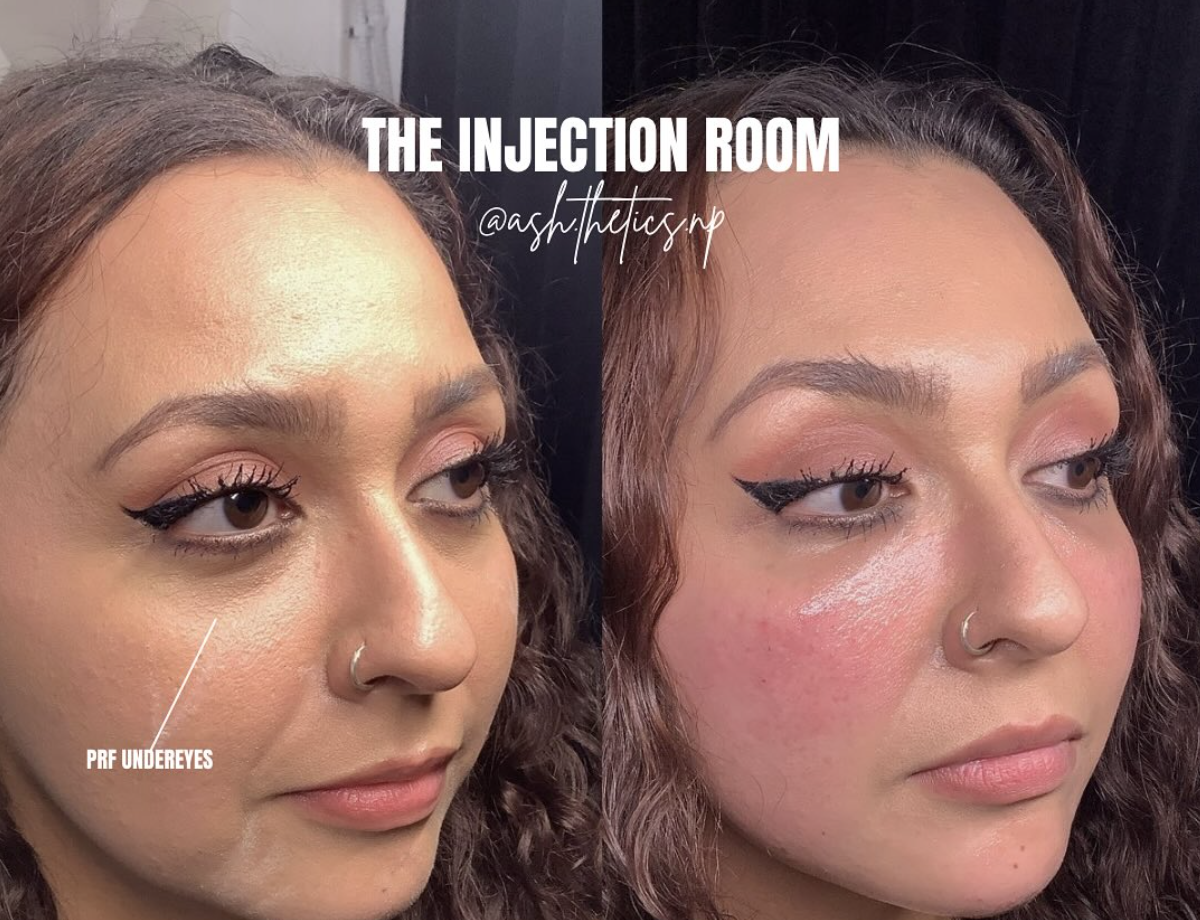
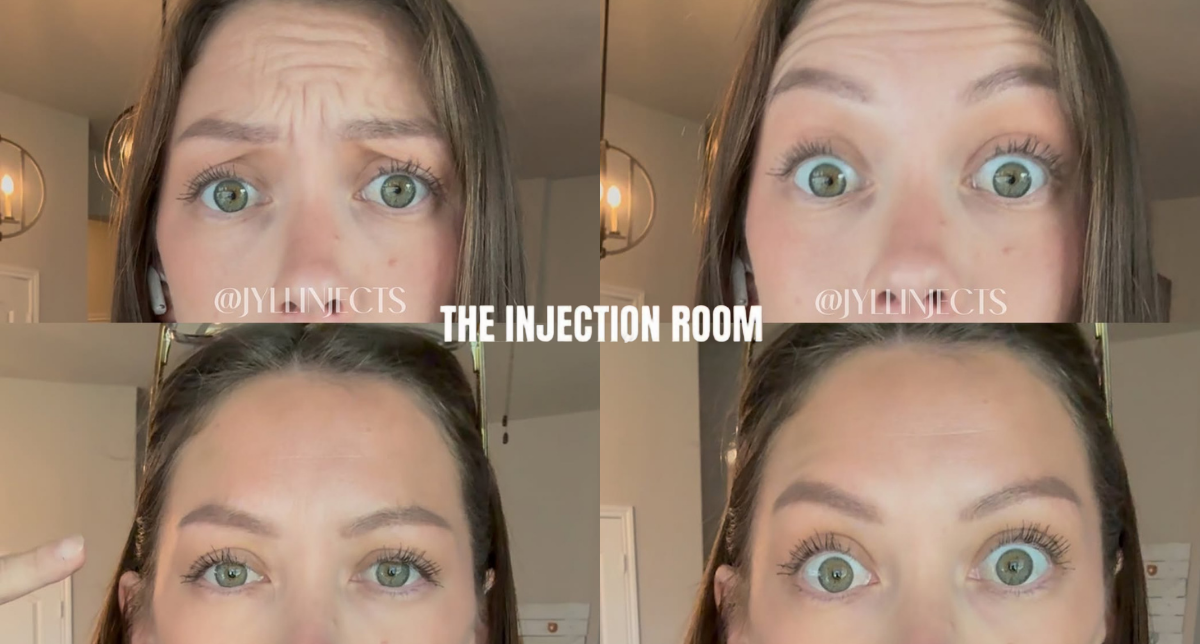


.jpeg)
.jpeg)
.webp)

.jpeg)










